
Deutsch-Chinesische Enzyklopädie, 德汉百科
 West Virginia-WV
West Virginia-WV
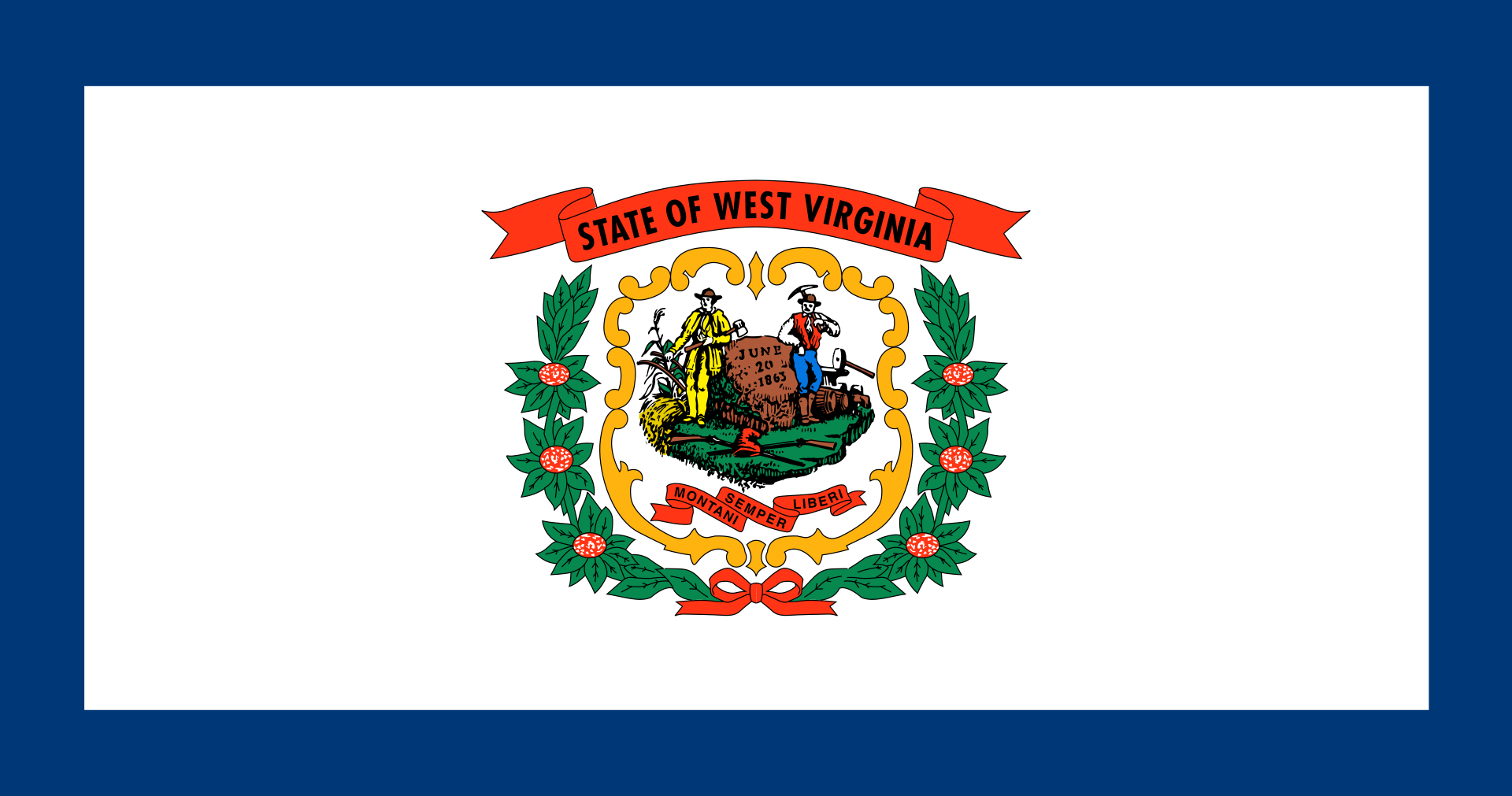

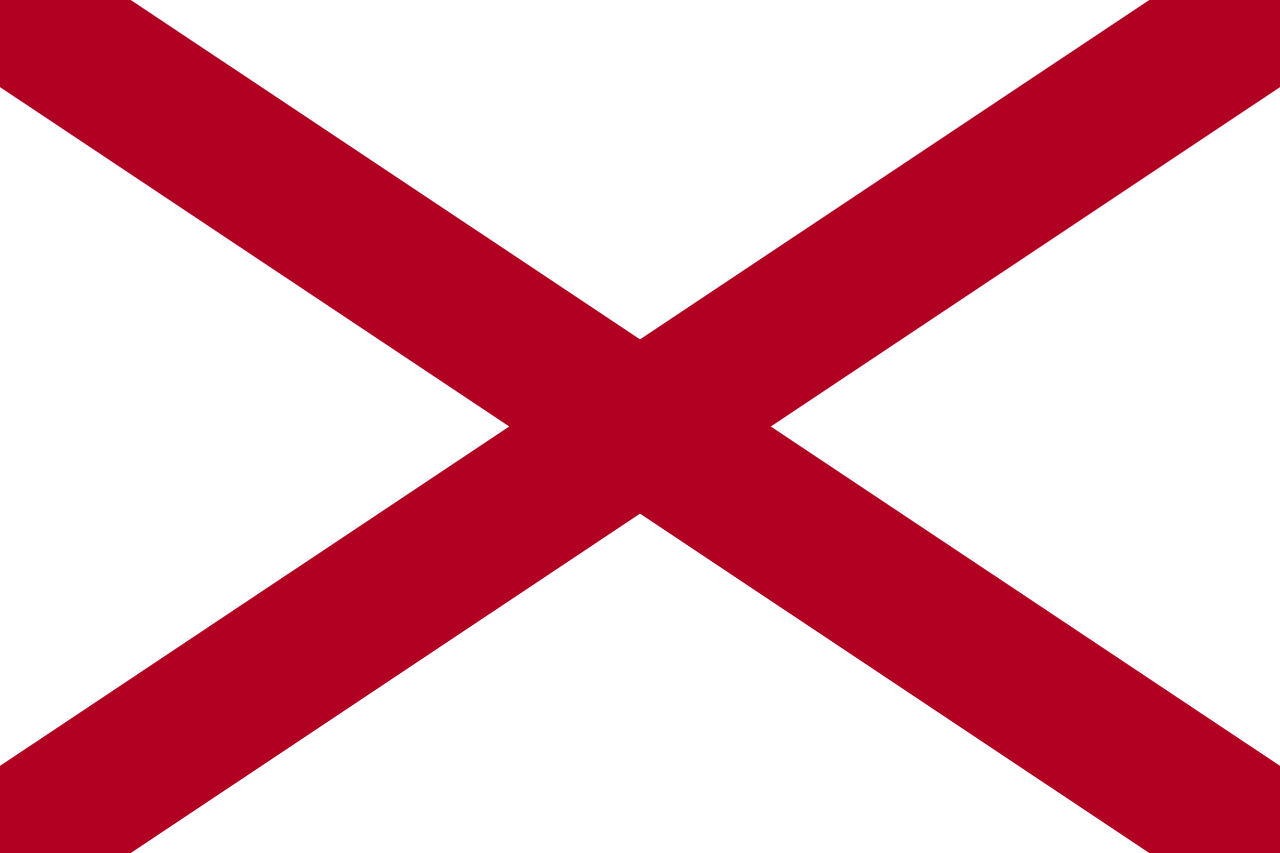 Alabama-AL
Alabama-AL

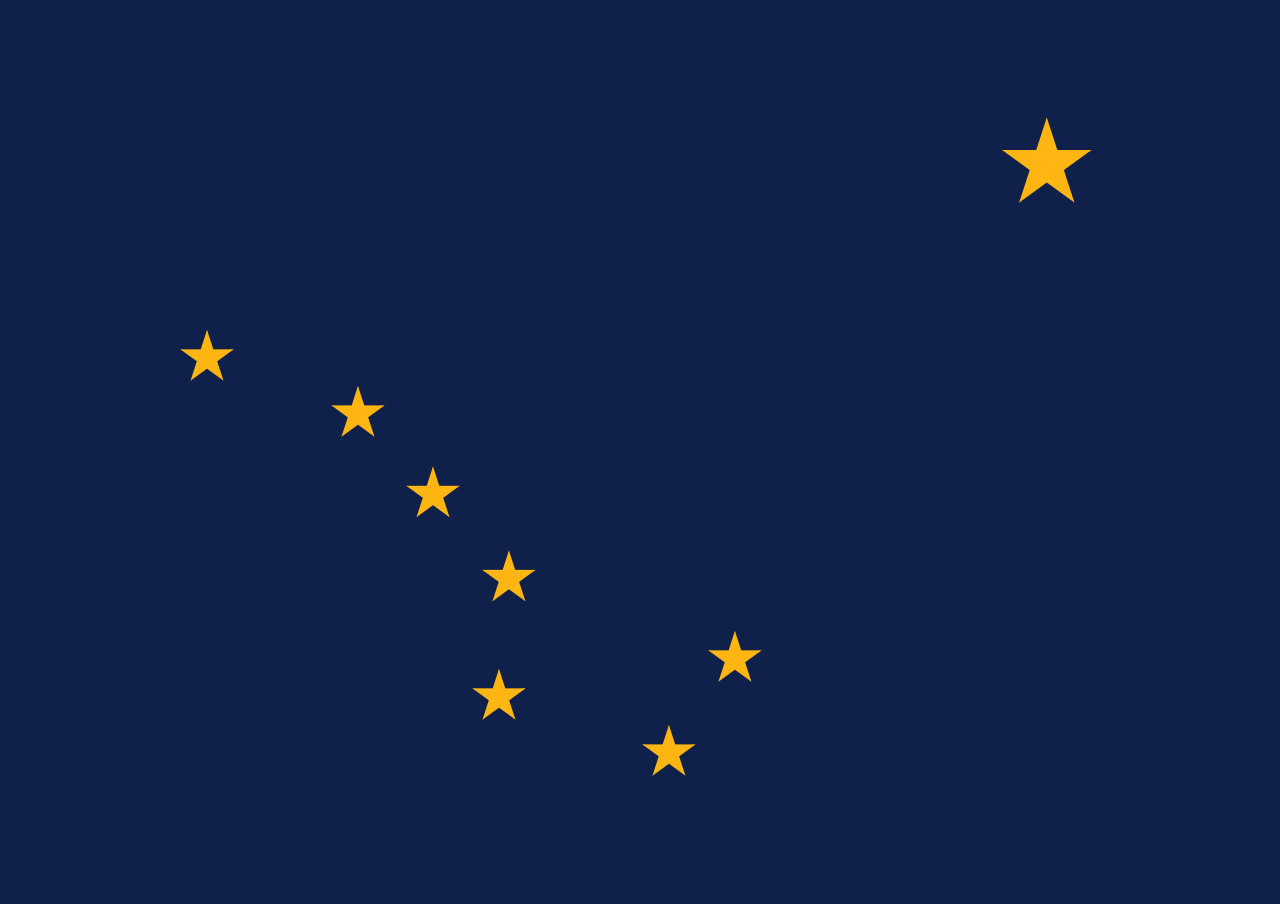 Alaska-AK
Alaska-AK

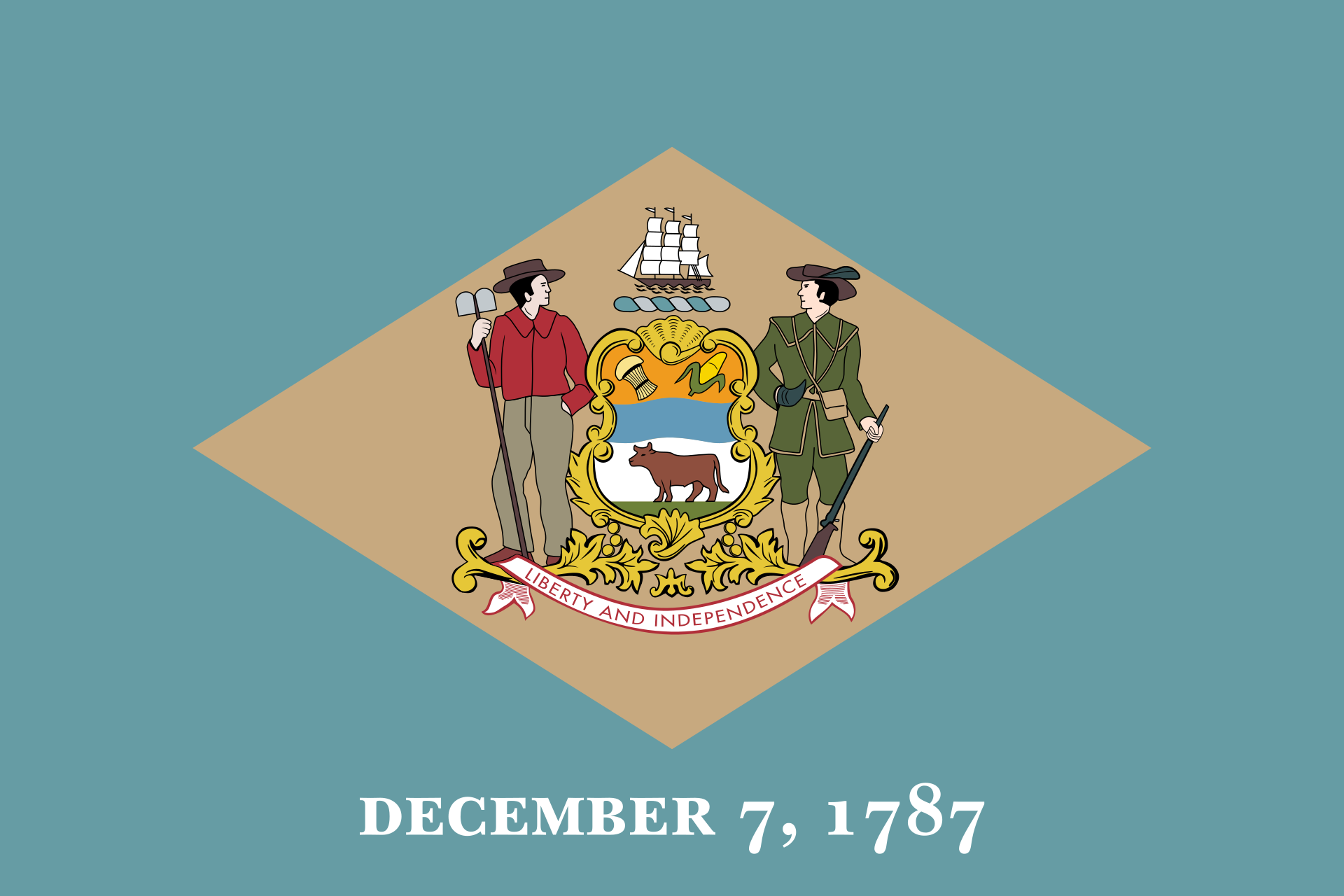 Delaware-DE
Delaware-DE

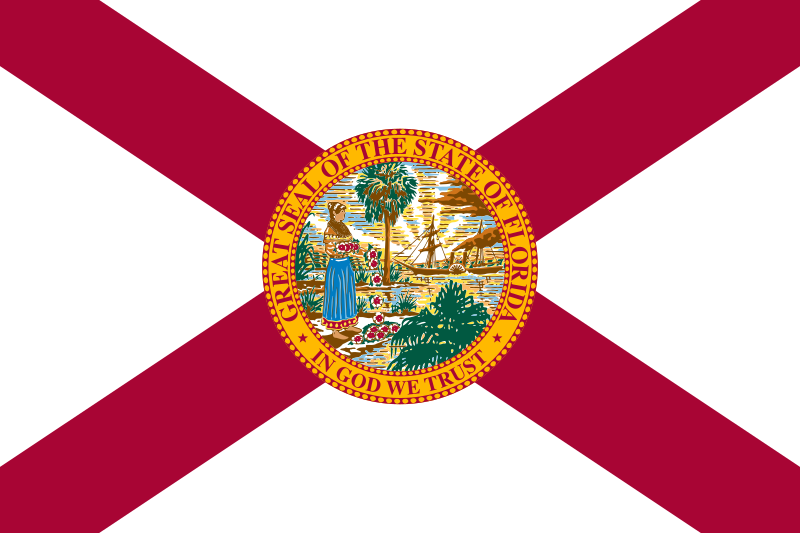 Florida-FL
Florida-FL

 Geography
Geography

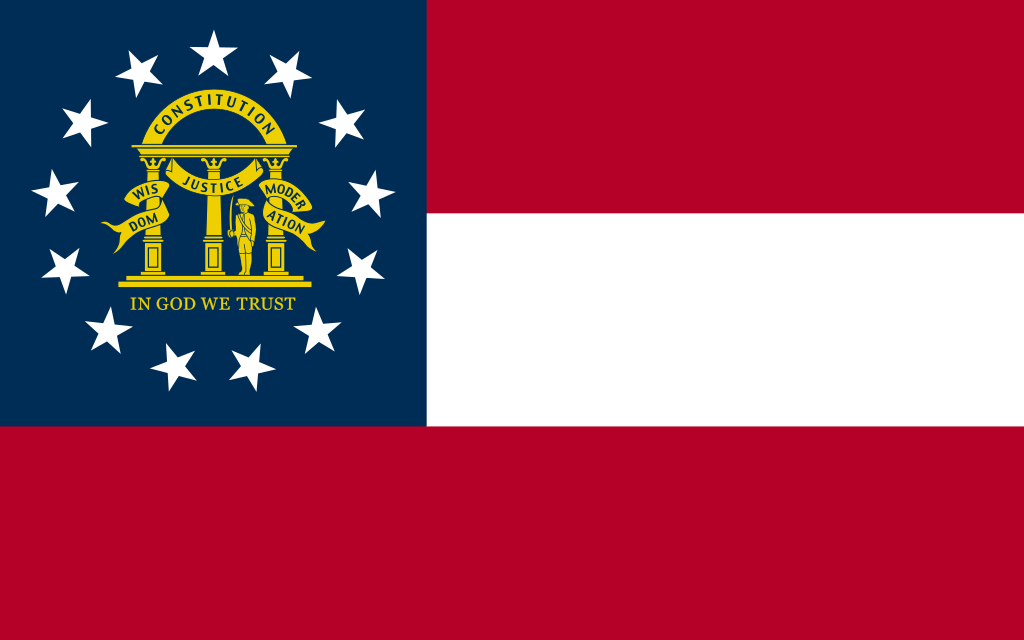 Georgia-GA
Georgia-GA

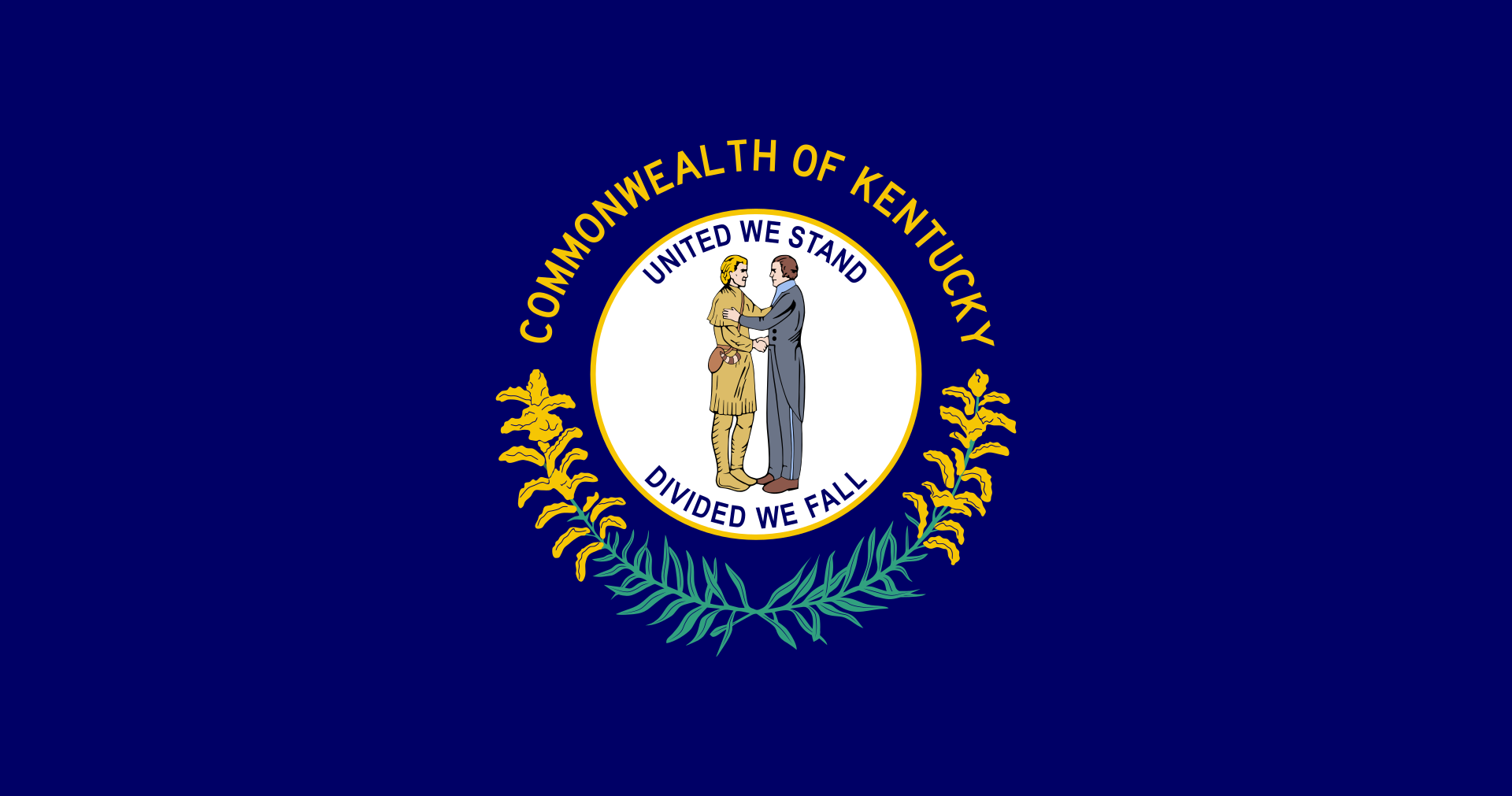 Kentucky-KY
Kentucky-KY

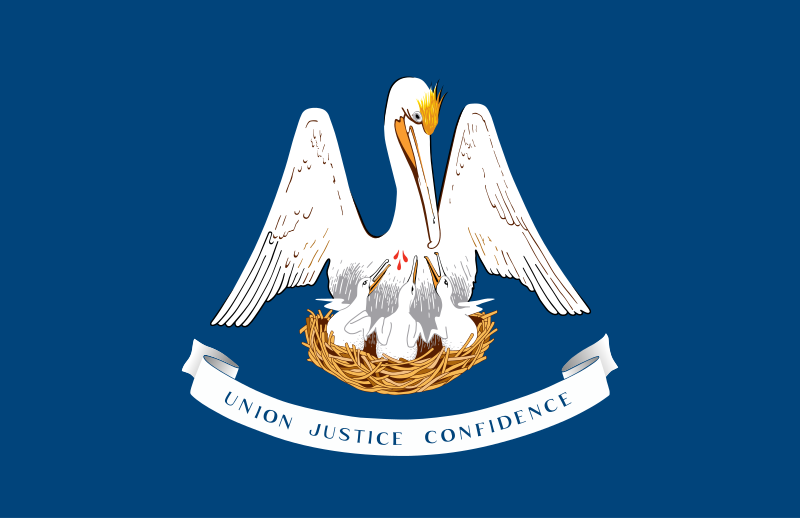 Louisiana-LA
Louisiana-LA

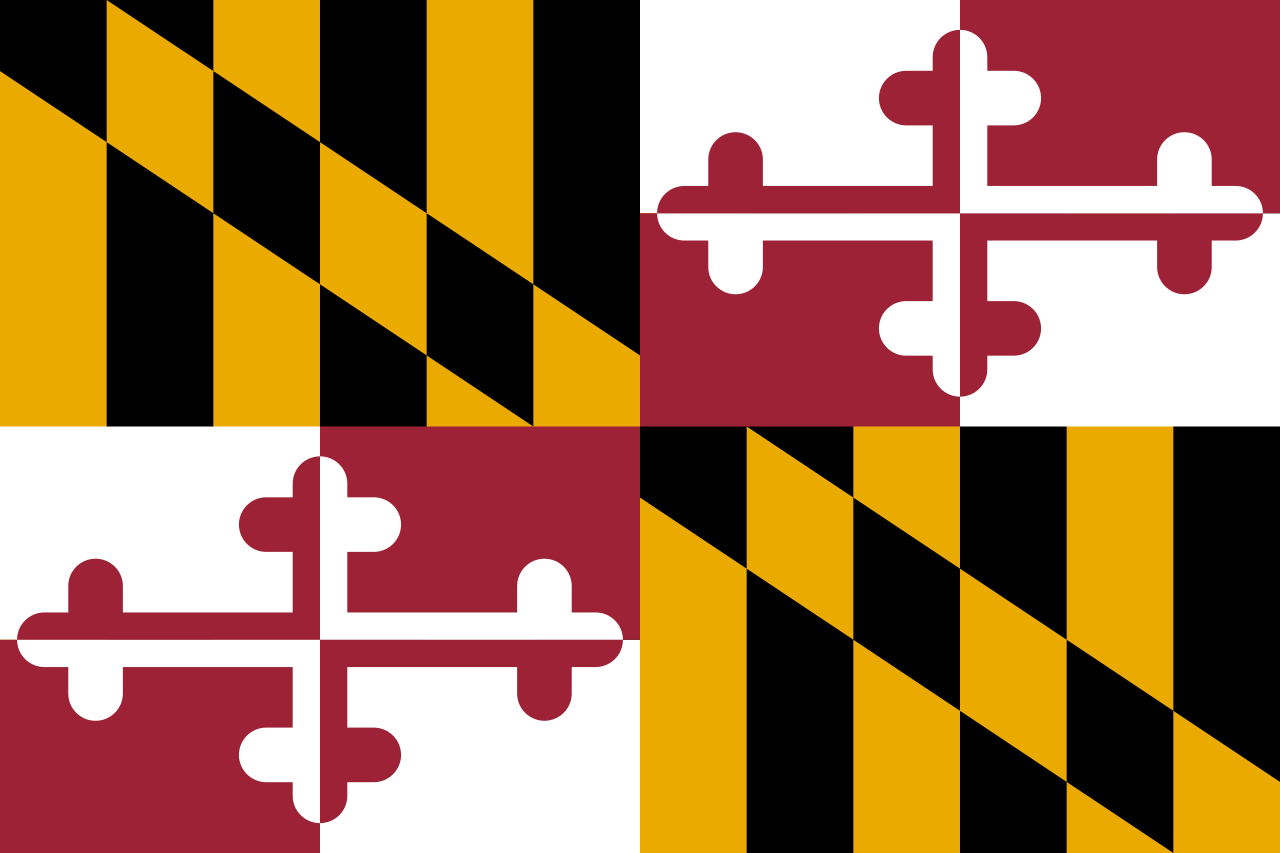 Maryland-MD
Maryland-MD

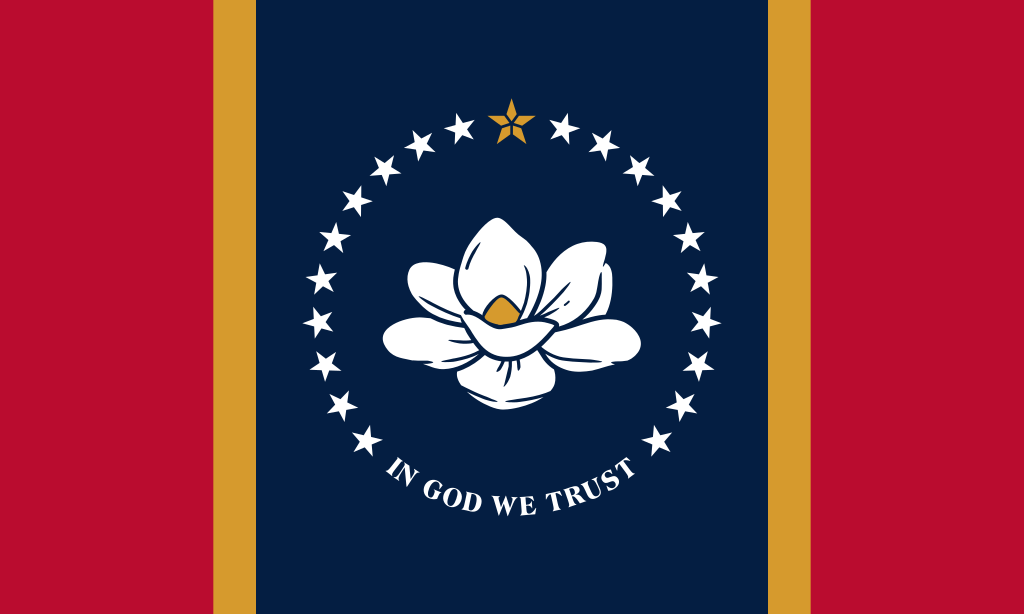 Mississippi-MS
Mississippi-MS

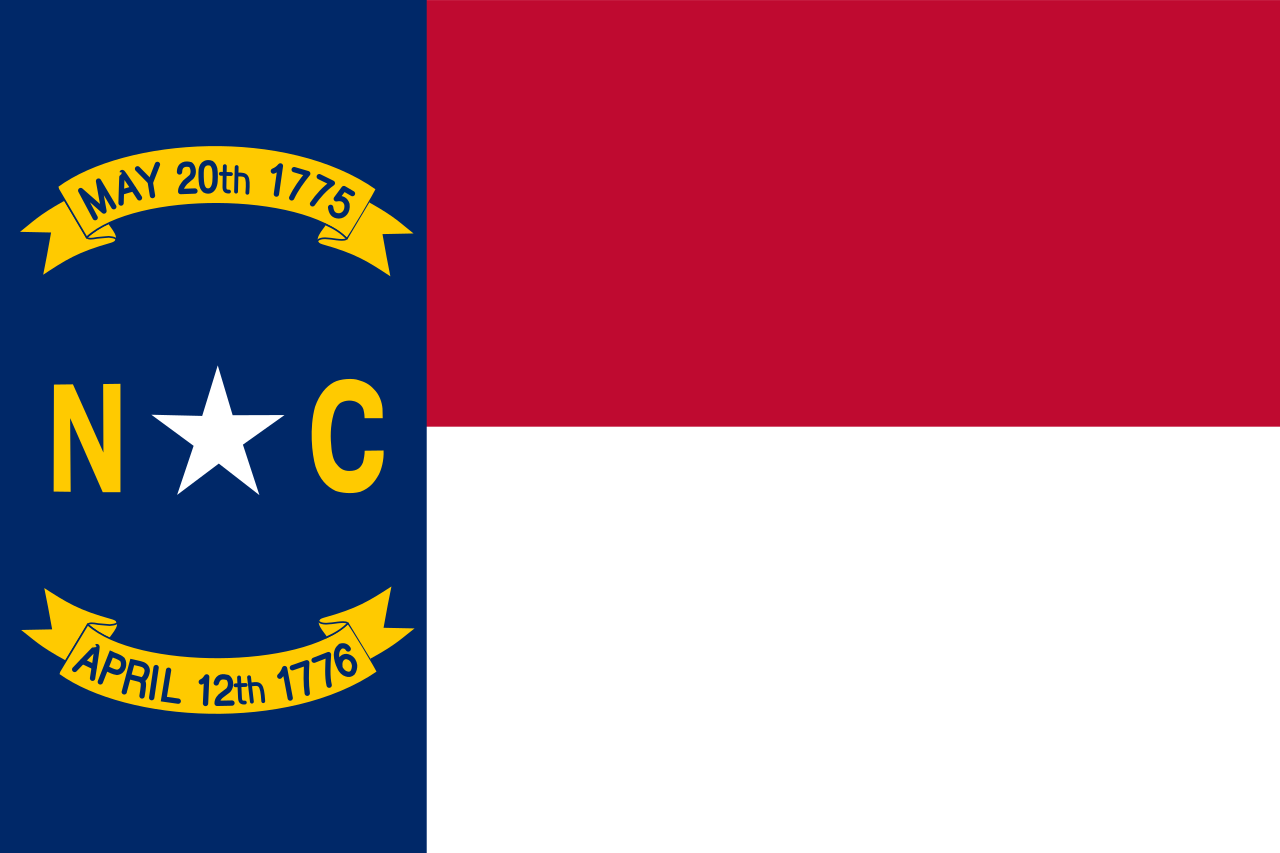 North Carolina-NC
North Carolina-NC

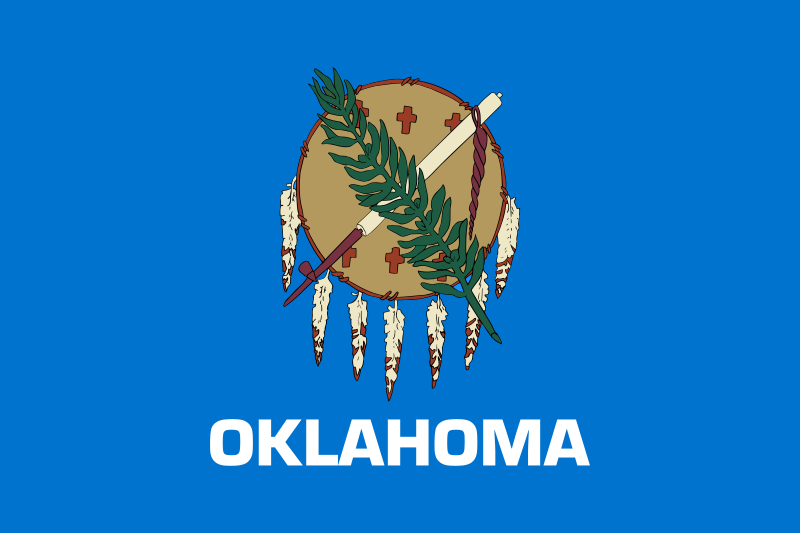 Oklahoma-OK
Oklahoma-OK

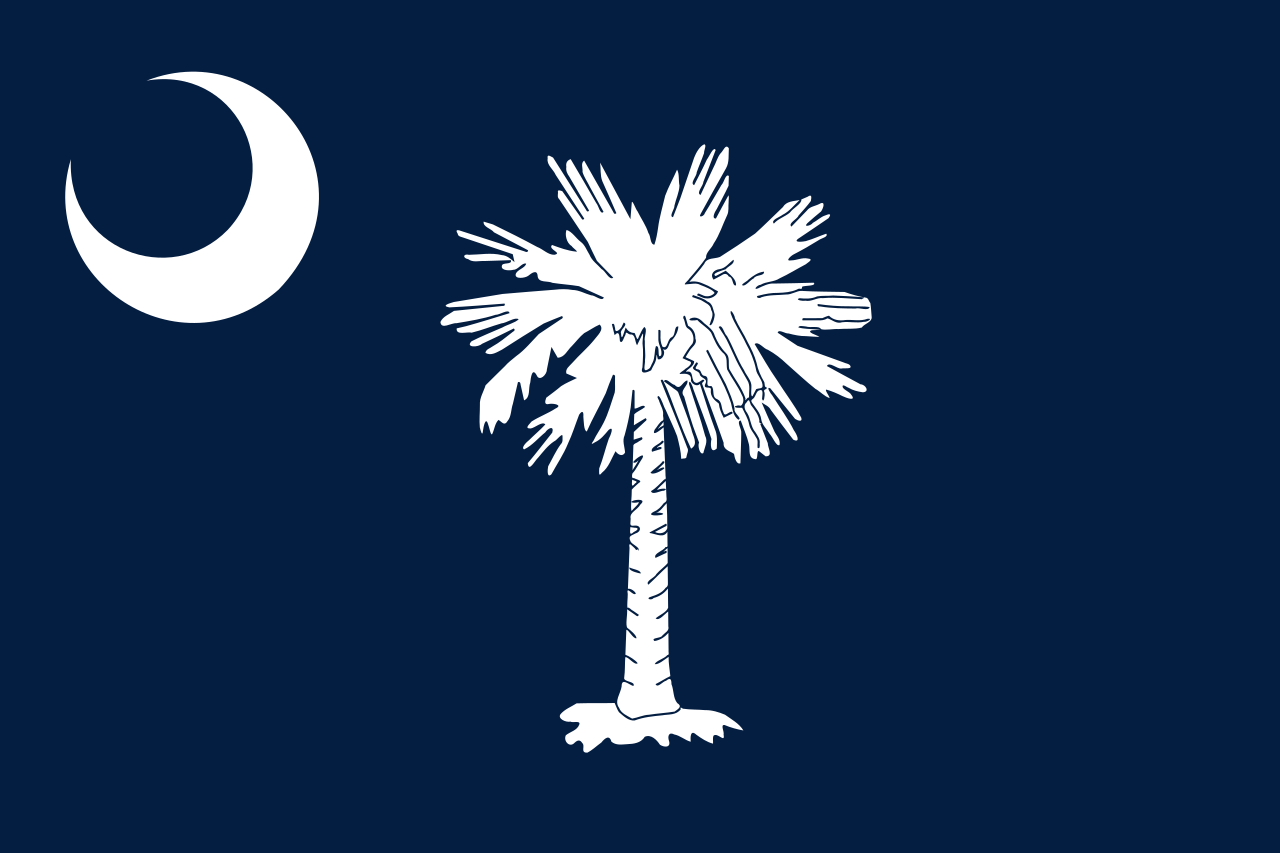 South Carolina-SC
South Carolina-SC

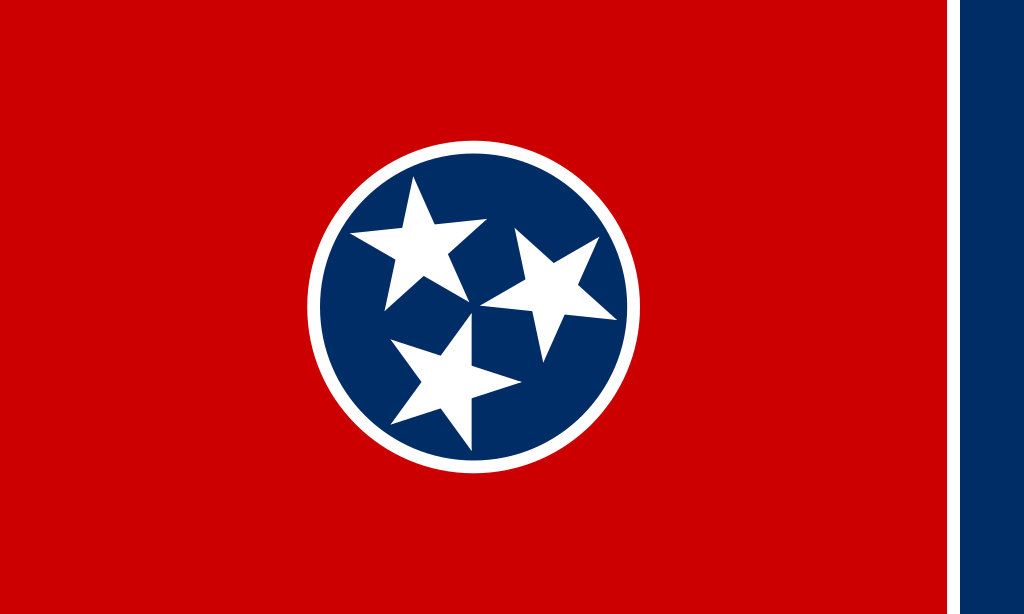 Tennessee-TN
Tennessee-TN

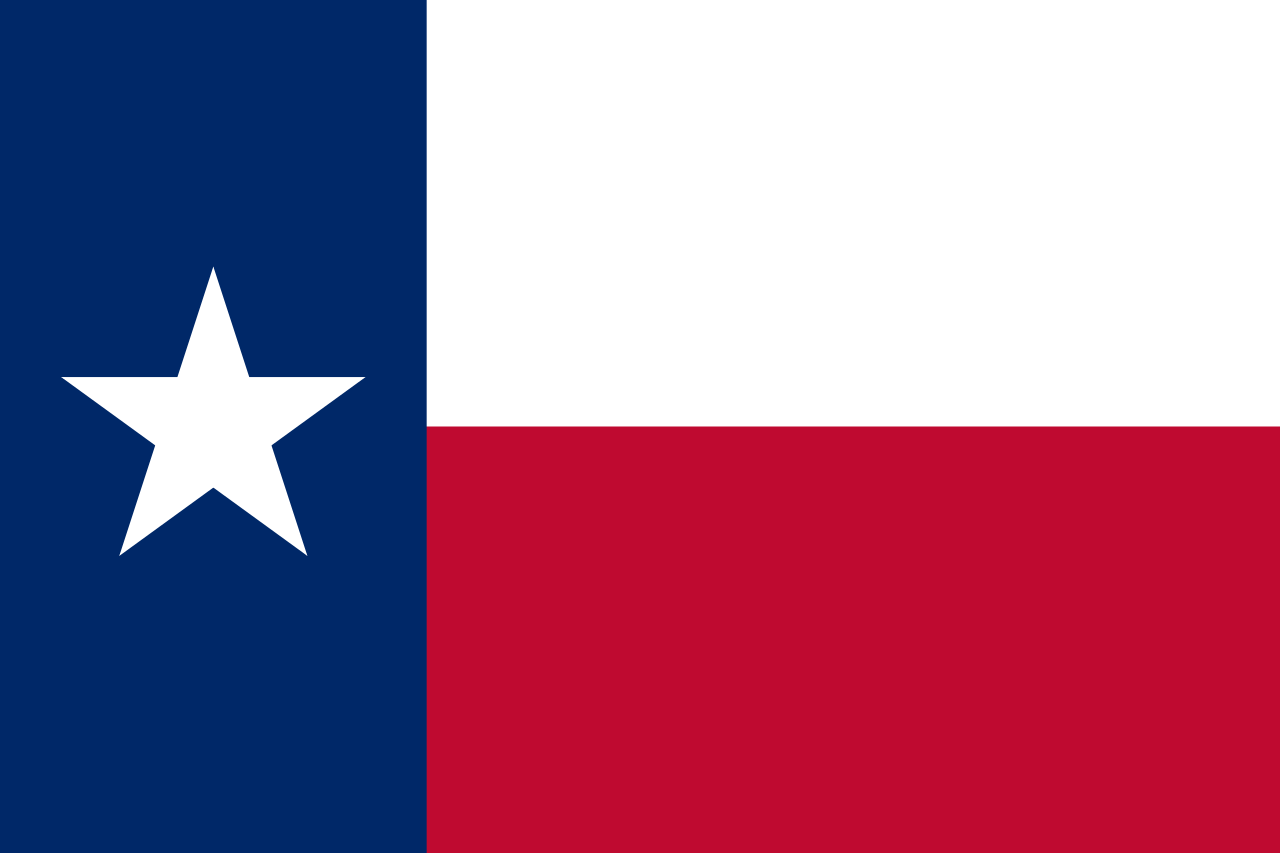 Texas-TX
Texas-TX

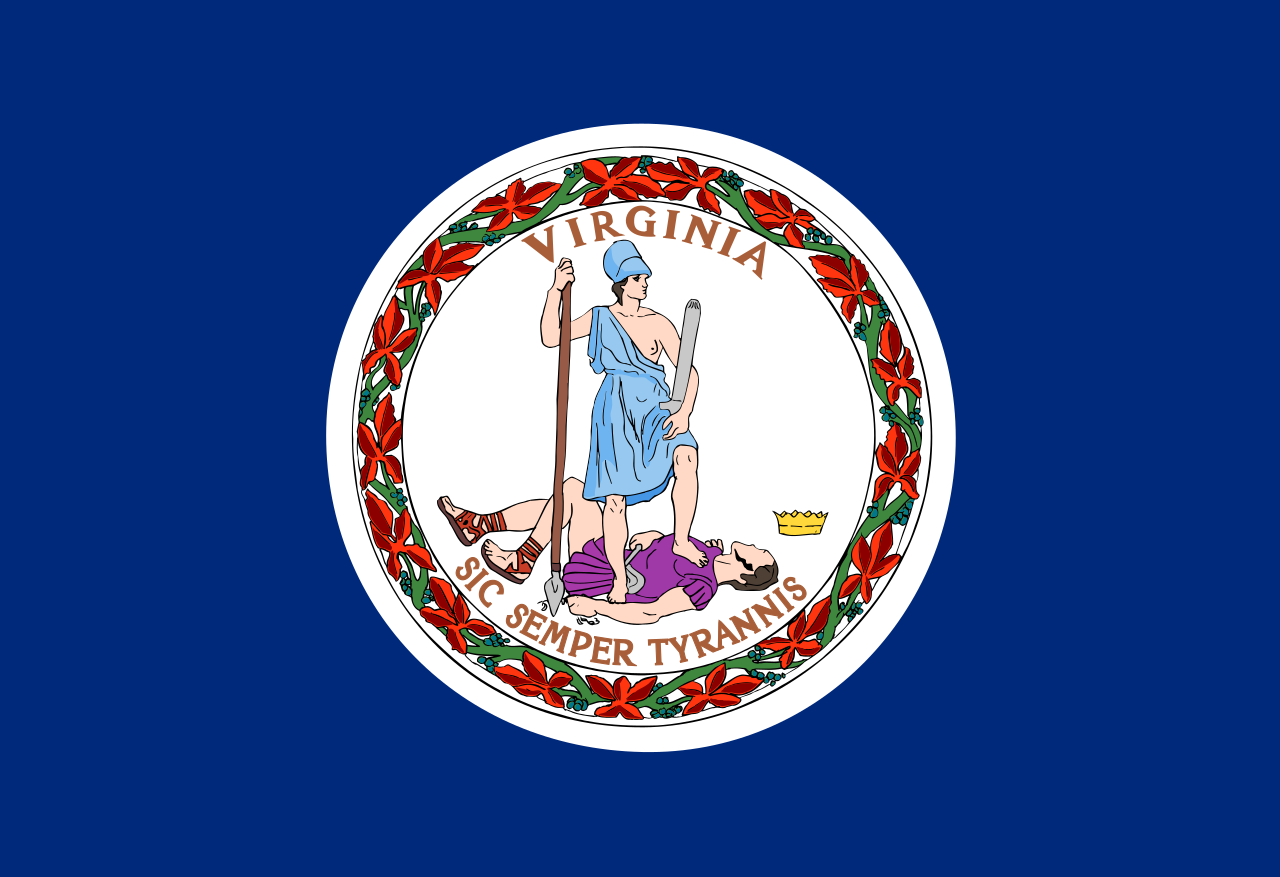 Virginia-VA
Virginia-VA

 West Virginia-WV
West Virginia-WV


 Alabama-AL
Alabama-AL

 Georgia-GA
Georgia-GA

 Louisiana-LA
Louisiana-LA

 Maryland-MD
Maryland-MD

 Mississippi-MS
Mississippi-MS

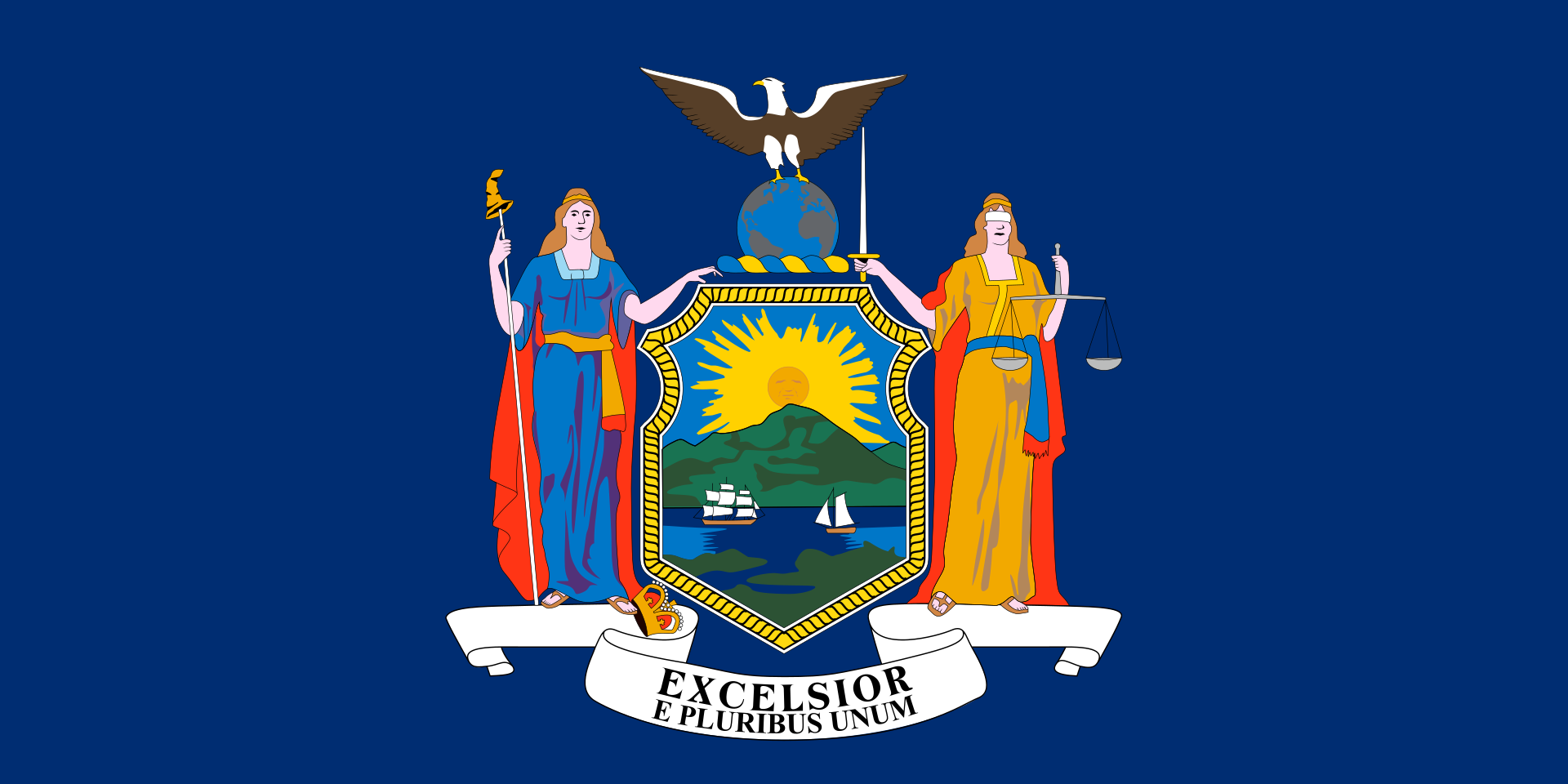 New York-NY
New York-NY

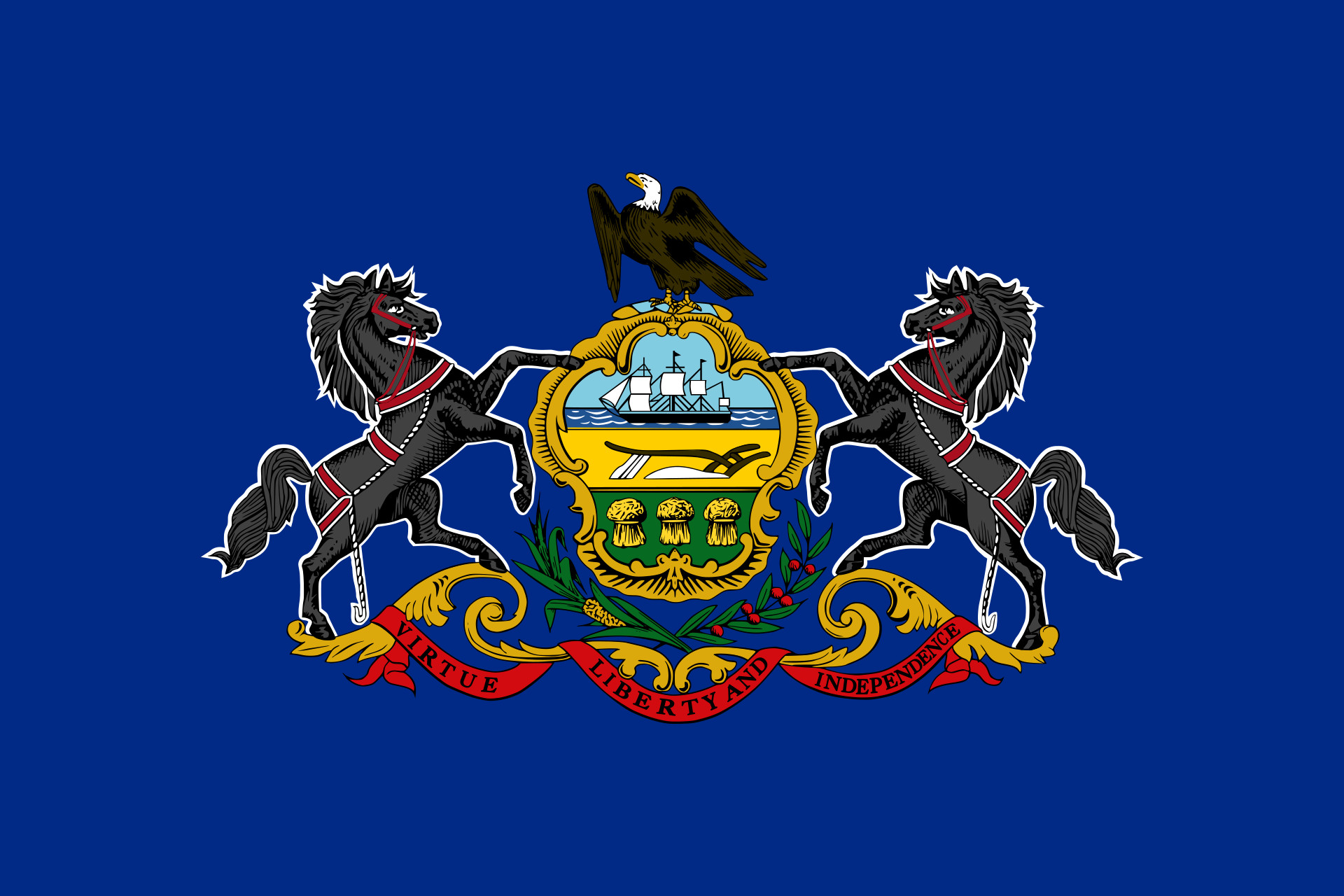 Pennsylvania-PA
Pennsylvania-PA

 Tennessee-TN
Tennessee-TN

 Virginia-VA
Virginia-VA

 West Virginia-WV
West Virginia-WV
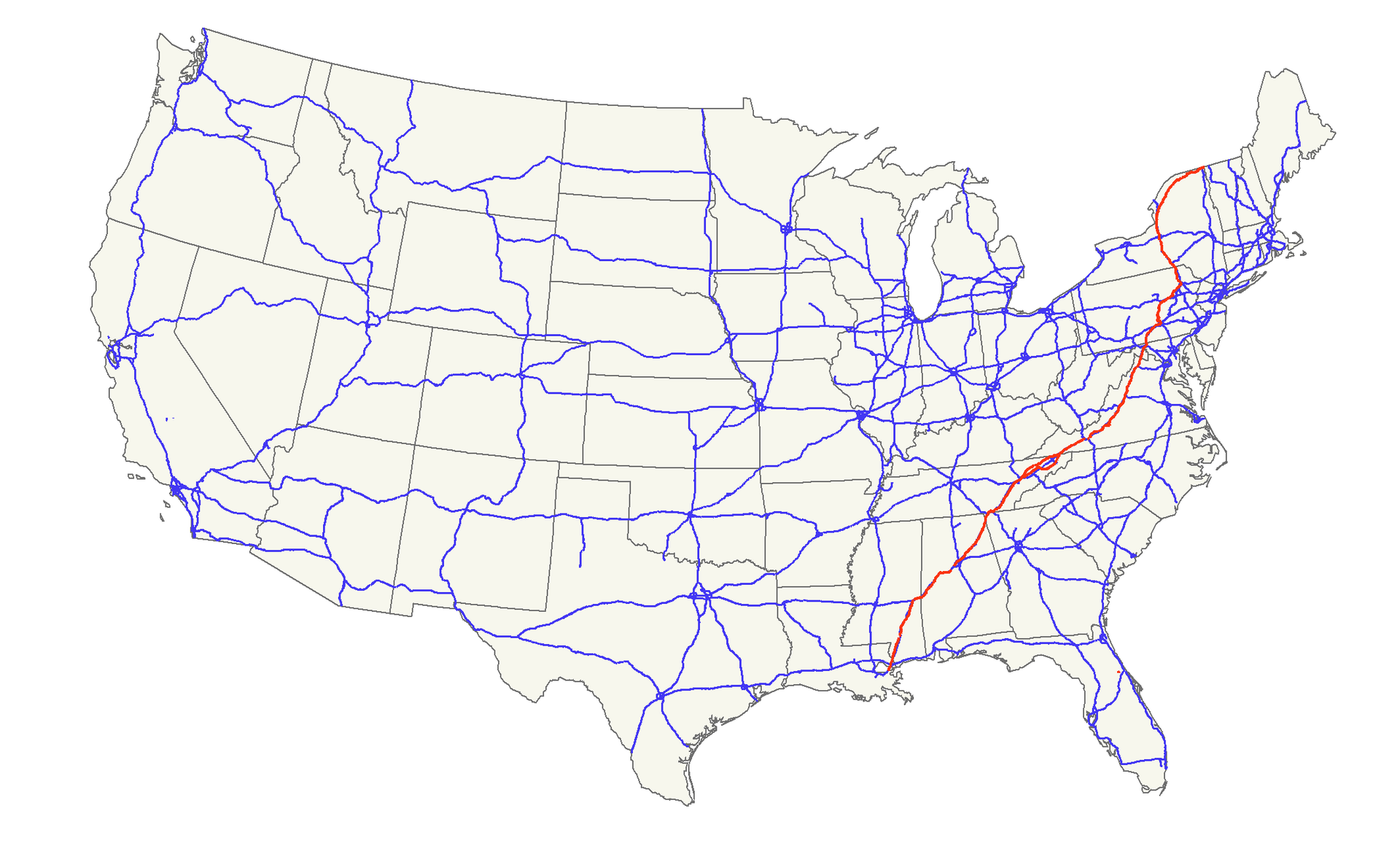

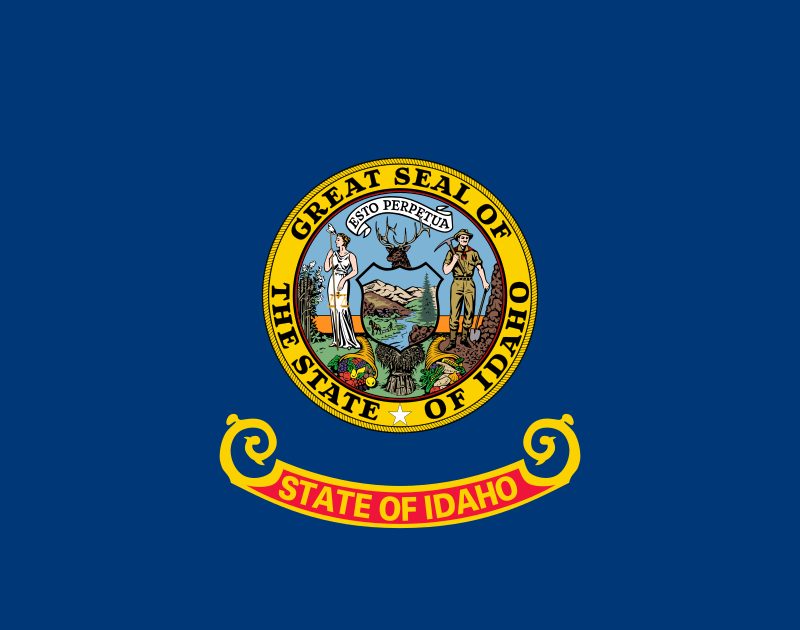 Idaho-ID
Idaho-ID

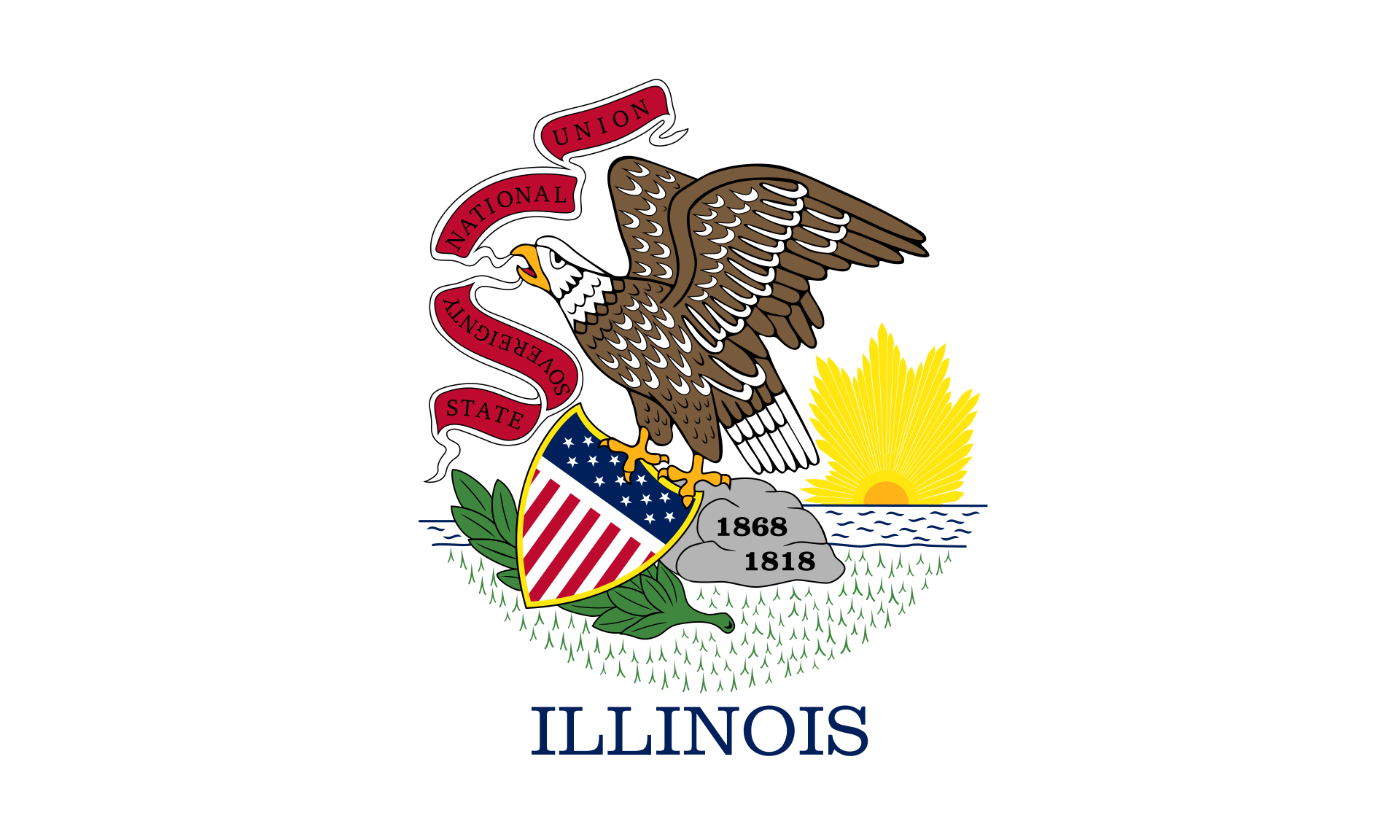 Illinois-IL
Illinois-IL

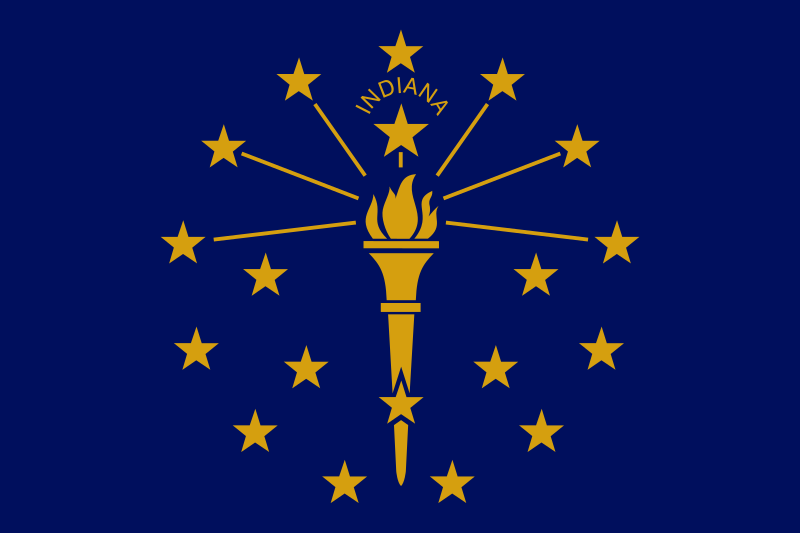 Indiana-IN
Indiana-IN

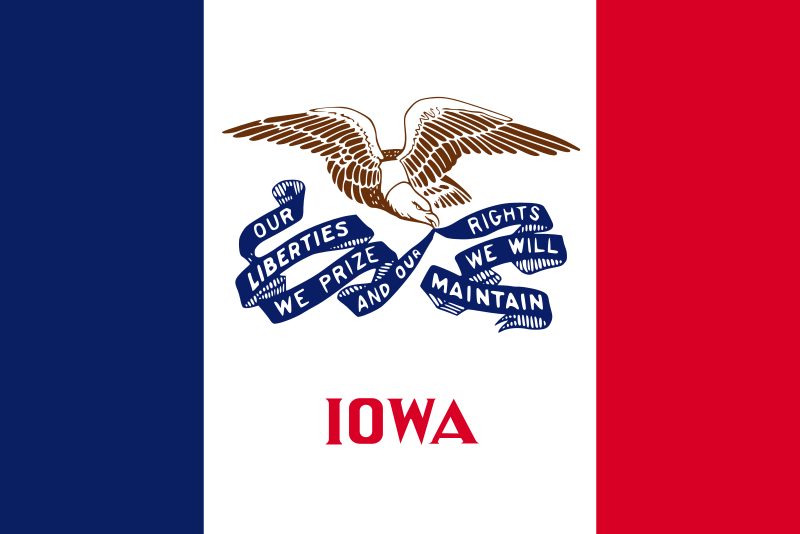 Iowa-IA
Iowa-IA

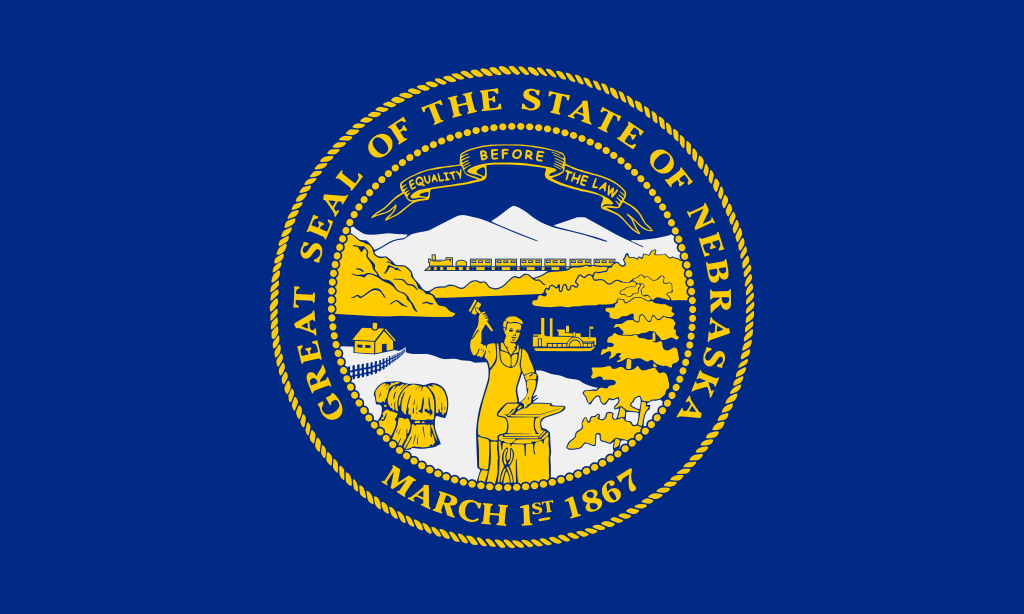 Nebraska-NE
Nebraska-NE

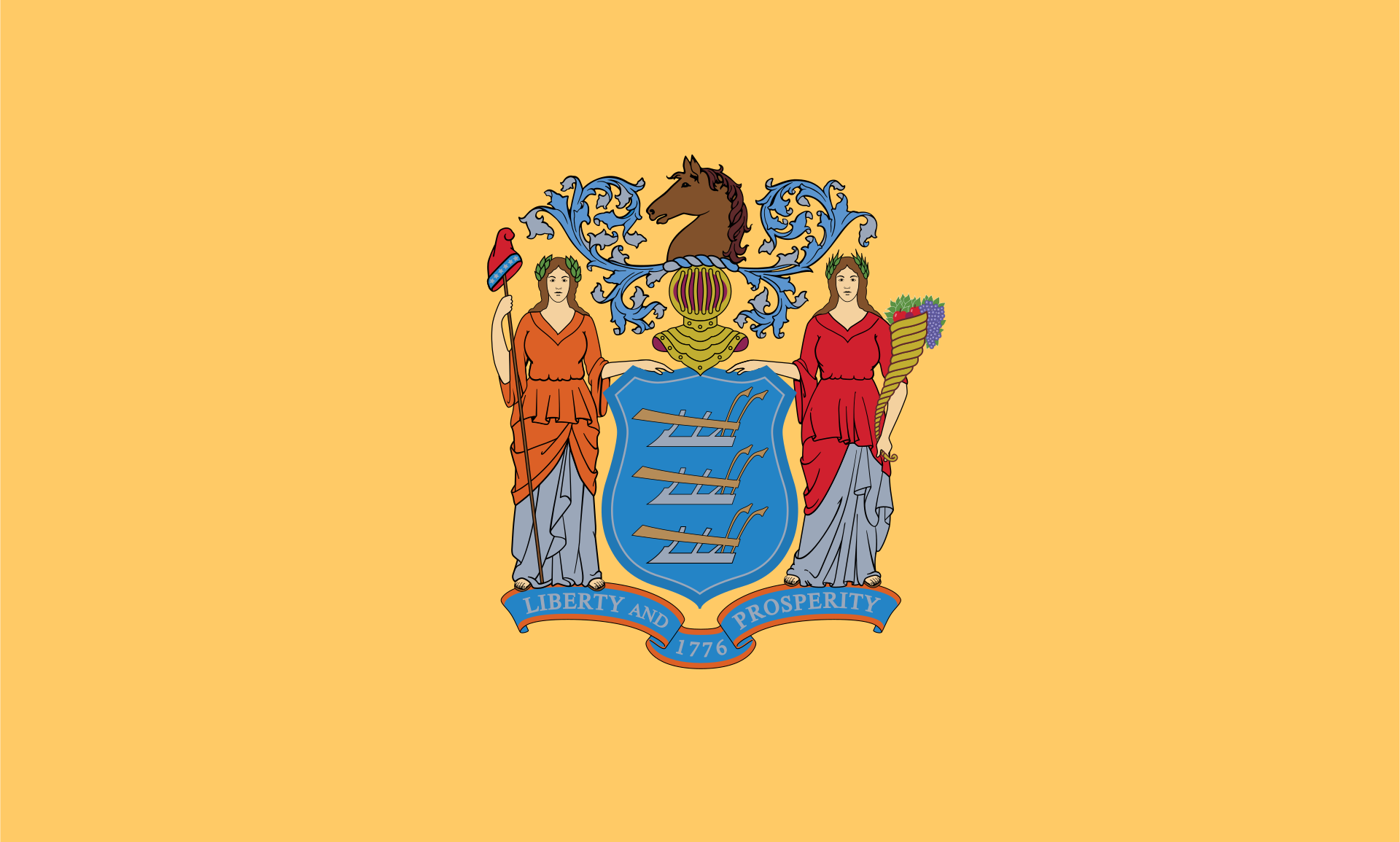 New jersey-NJ
New jersey-NJ

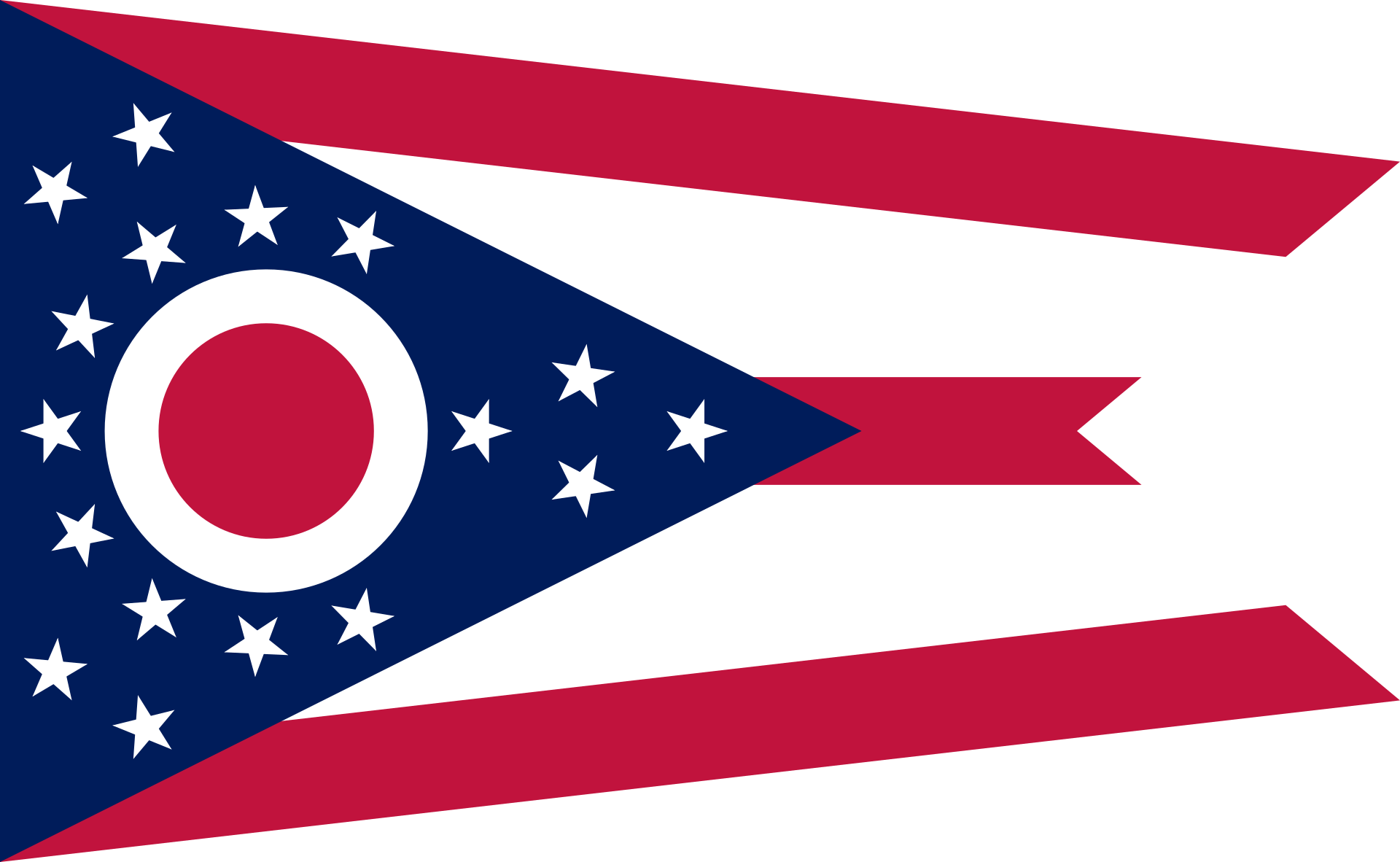 Ohio-OH
Ohio-OH

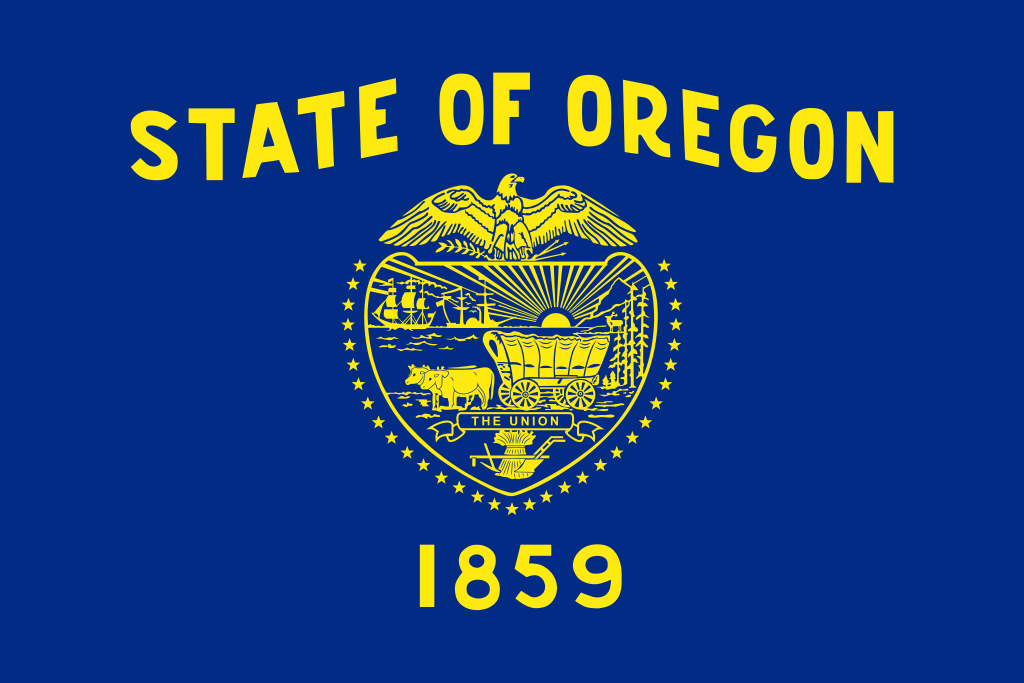 Oregon-OR
Oregon-OR

 Pennsylvania-PA
Pennsylvania-PA

 West Virginia-WV
West Virginia-WV

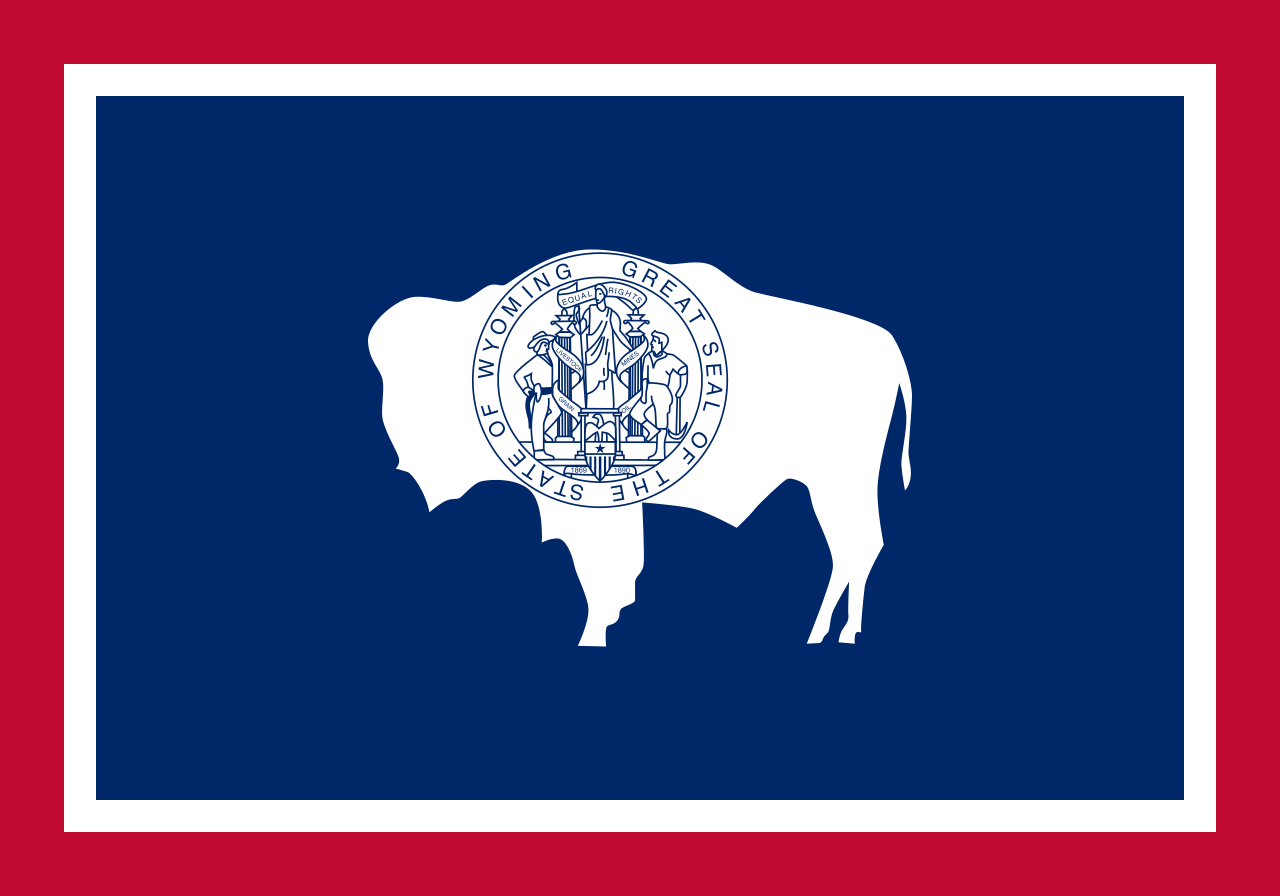 Wyoming-WY
Wyoming-WY


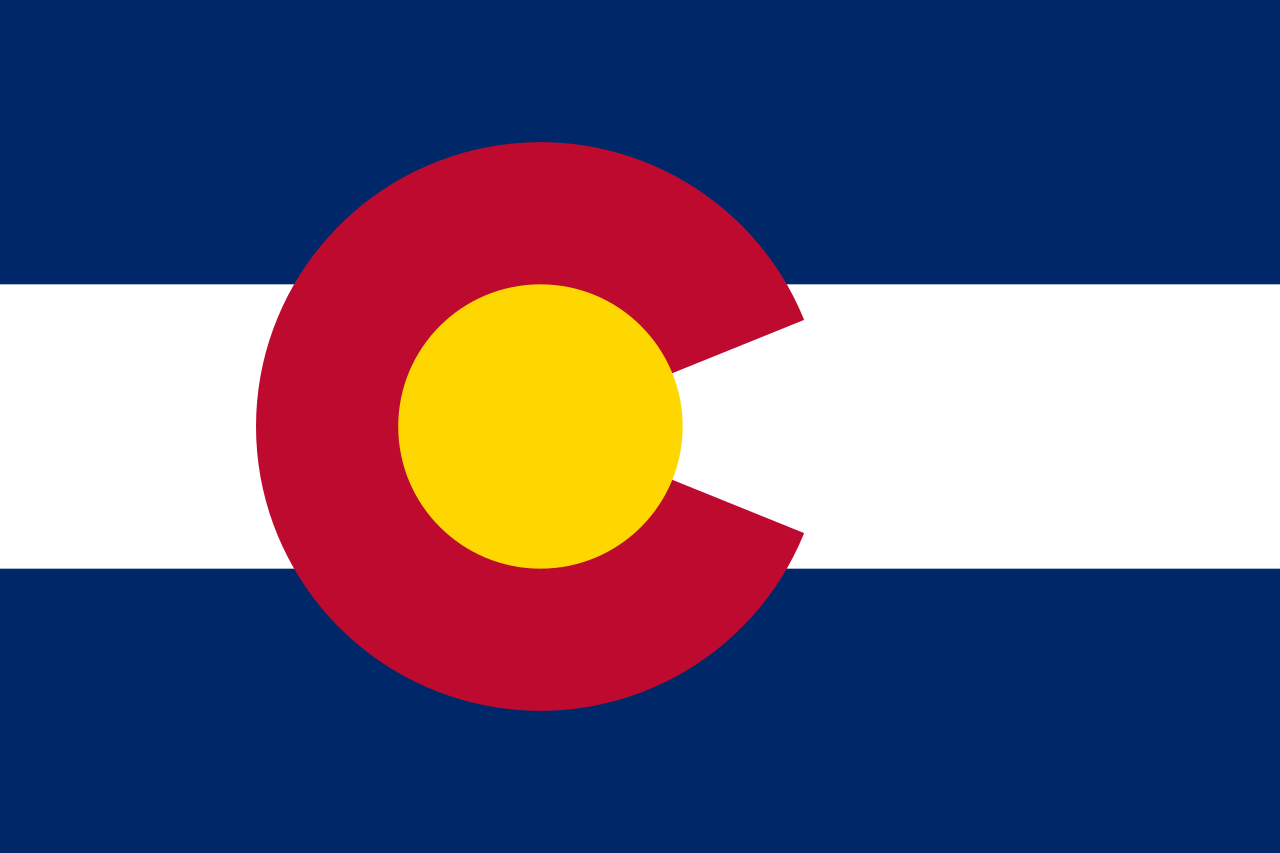 Colorado-CO
Colorado-CO

 Delaware-DE
Delaware-DE

 Illinois-IL
Illinois-IL

 Indiana-IN
Indiana-IN

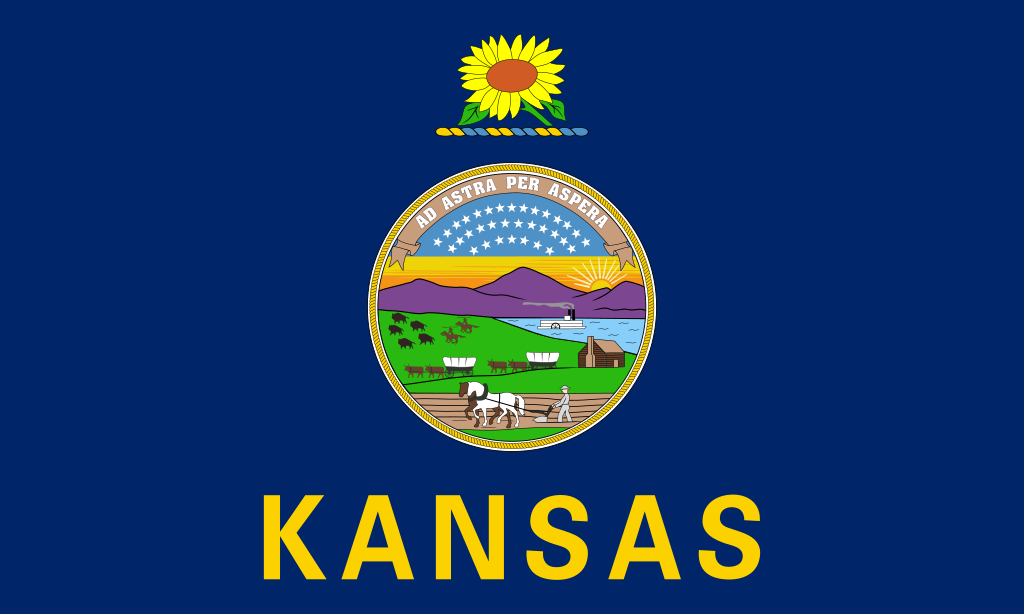 Kansas-KS
Kansas-KS

 Maryland-MD
Maryland-MD

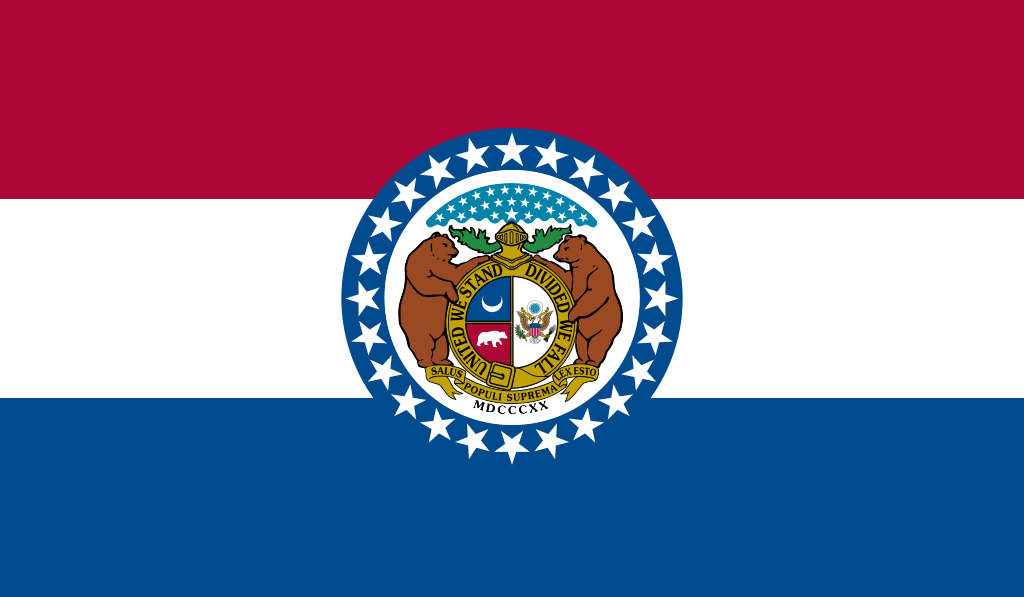 Missouri-MO
Missouri-MO

 New jersey-NJ
New jersey-NJ

 Ohio-OH
Ohio-OH

 Pennsylvania-PA
Pennsylvania-PA

 Utah-UT
Utah-UT

 West Virginia-WV
West Virginia-WV


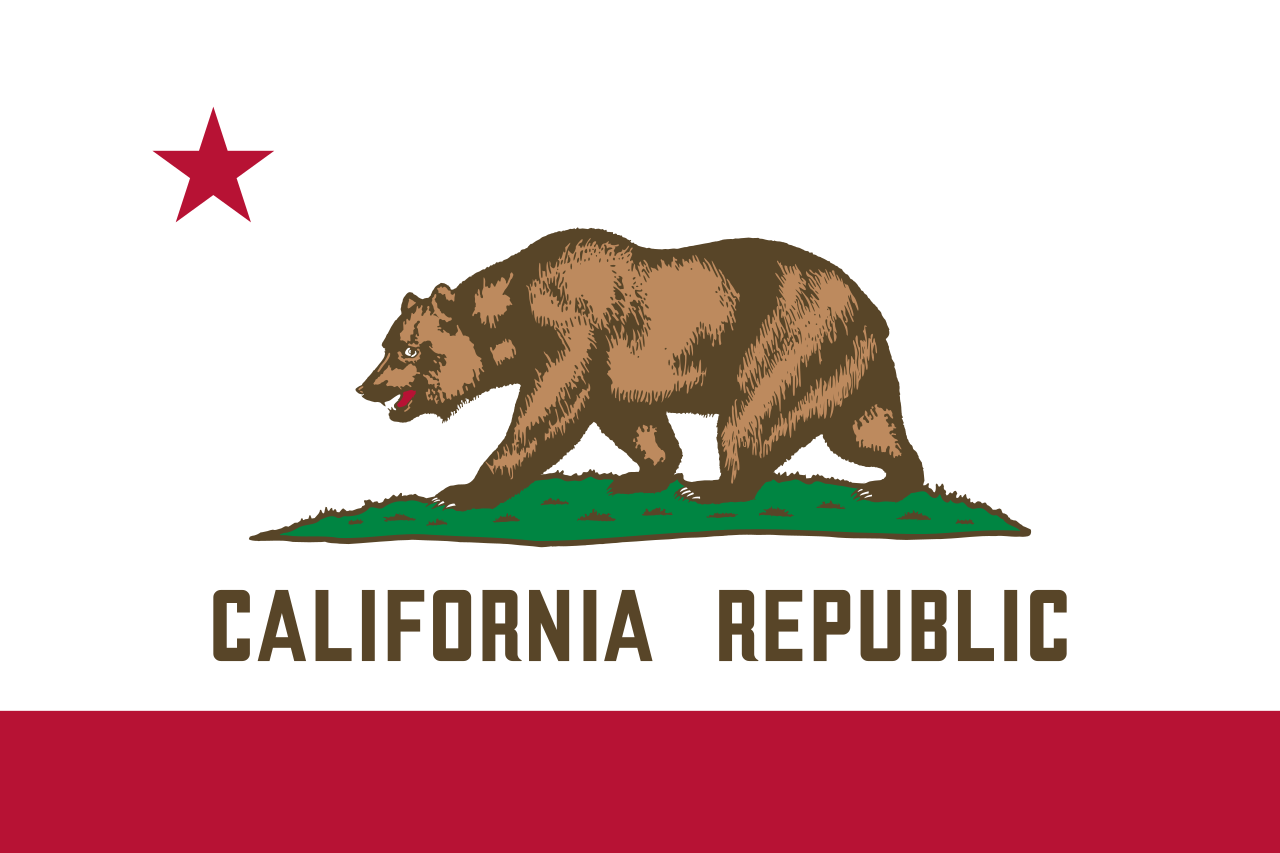 California-CA
California-CA

 Colorado-CO
Colorado-CO

 Geography
Geography

 Illinois-IL
Illinois-IL

 Indiana-IN
Indiana-IN

 Kansas-KS
Kansas-KS

 Maryland-MD
Maryland-MD

 Missouri-MO
Missouri-MO

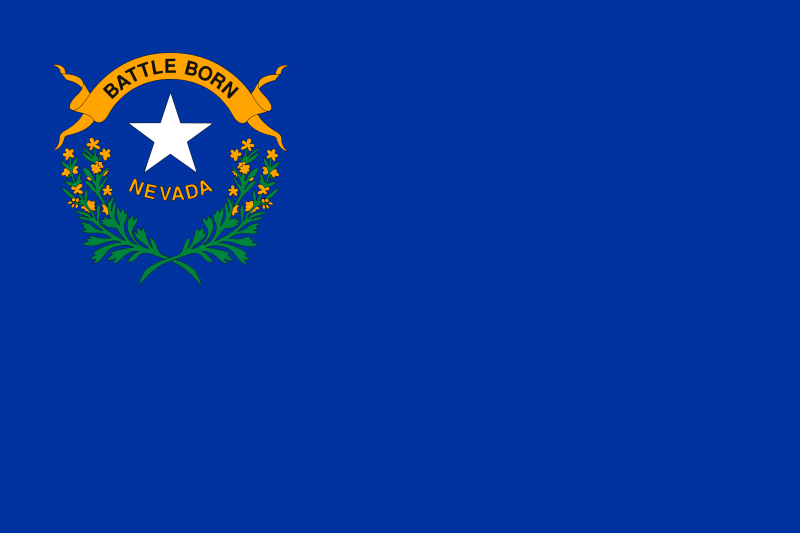 Nevada-NV
Nevada-NV

 Ohio-OH
Ohio-OH

 Utah-UT
Utah-UT
 United States
United States

 Virginia-VA
Virginia-VA

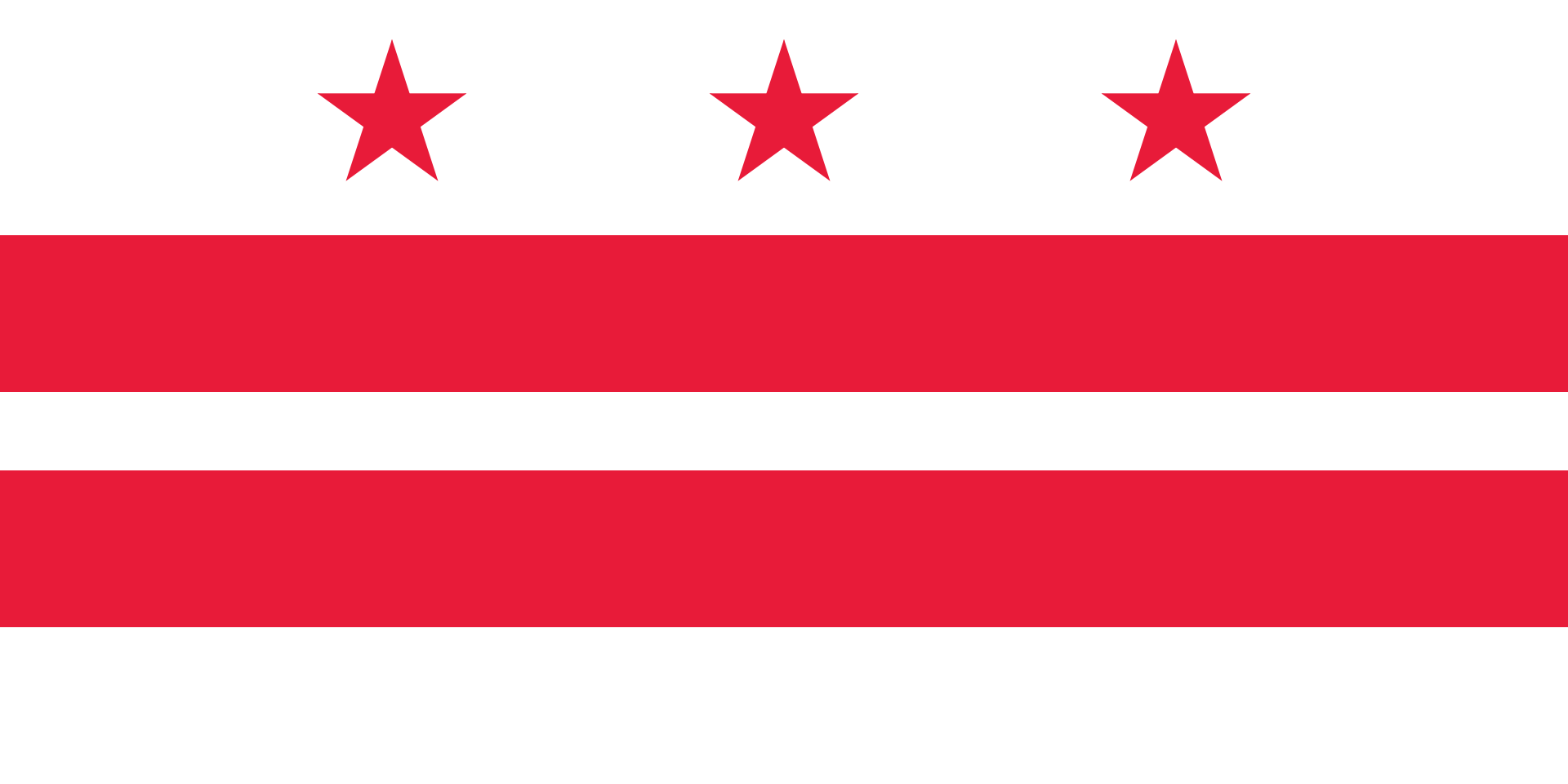 Washington, D.C.
Washington, D.C.

 West Virginia-WV
West Virginia-WV

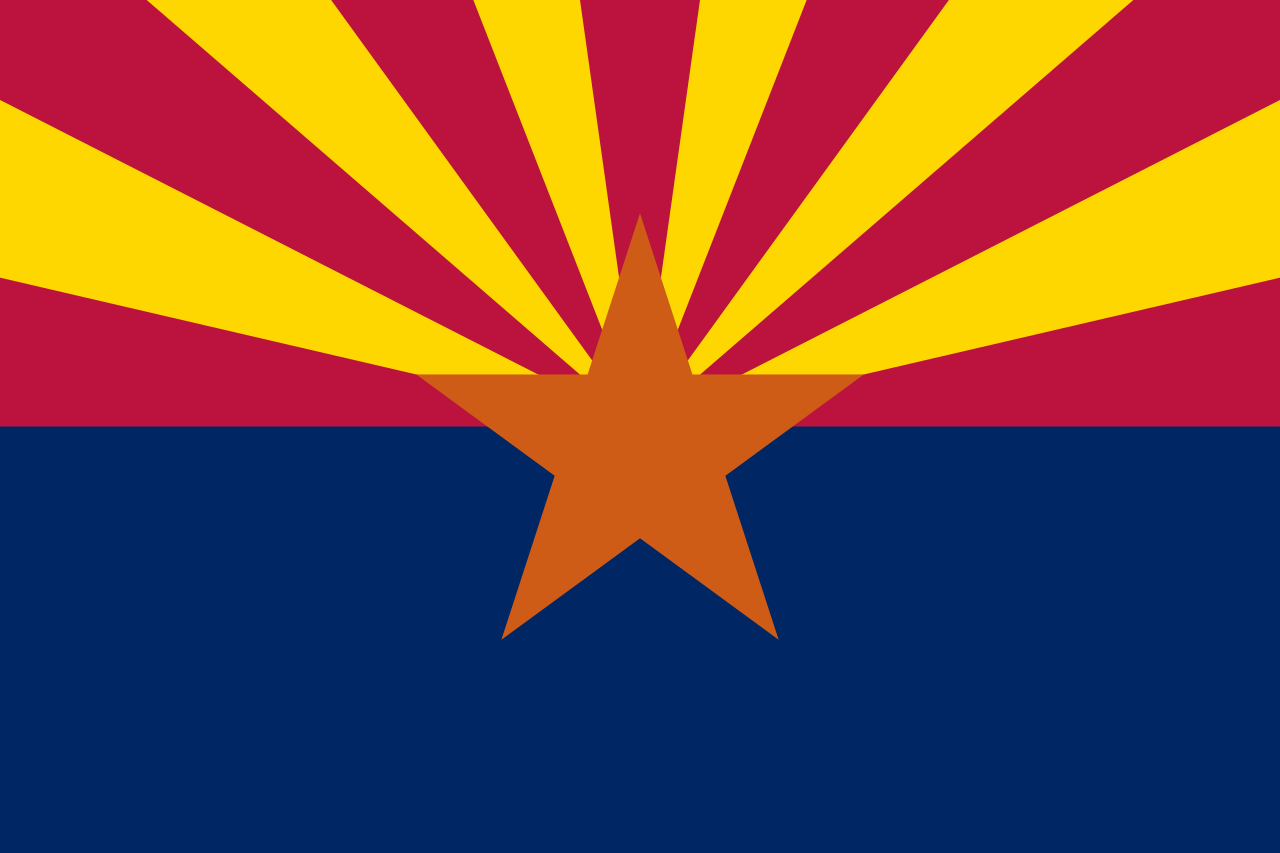 Arizona-AZ
Arizona-AZ

 Illinois-IL
Illinois-IL

 Kentucky-KY
Kentucky-KY

 Missouri-MO
Missouri-MO

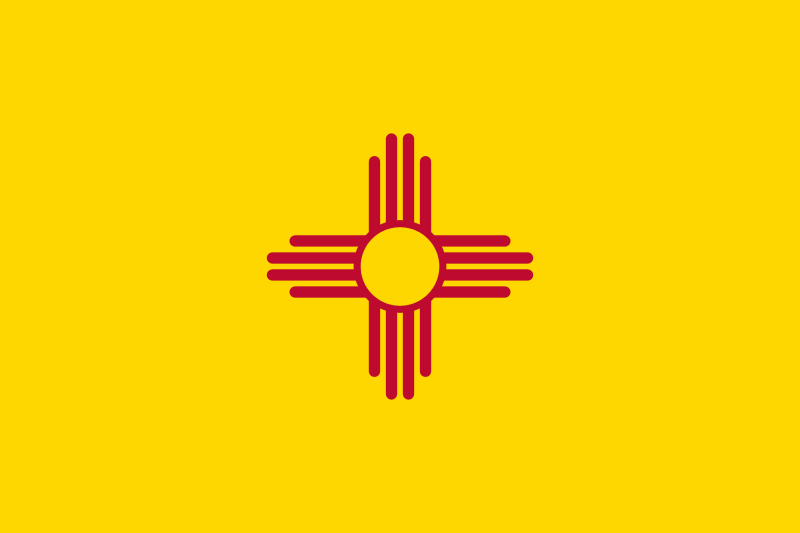 New mexico-NM
New mexico-NM

 Oklahoma-OK
Oklahoma-OK

 Texas-TX
Texas-TX

 Virginia-VA
Virginia-VA

 West Virginia-WV
West Virginia-WV




西弗吉尼亚州(英语:State of West Virginia),简称西维州,是美国东部的一个州,有著名的阿帕拉契山脉,景观优美,别称为“山脉之州”。
现仍有相当多人认为西弗吉尼亚州属于美国南方,在西弗吉尼亚州北边长臂处却已经充满了美国北方色彩,与此州南边的文化大为不同。西弗吉尼亚州是在美国南北战争时期由当时的弗吉尼亚州所分裂出来的。今日的西弗吉尼亚州以煤矿废墟闻名,也在美国工会运动史上占有重要地位。
西弗吉尼亚州的天然景观由于地势起伏较大的关系,相当丰富,旅游胜地包括有新河峡大桥(New River Gorge Bridge)长3030呎,高876呎,全美第二高,在联邦规定的筑桥纪念日(Bridge day)时,准许跳伞跟高空弹跳。此外也有许多国家公园和34座州立公园。
西弗吉尼亚州一共有55个县:西弗吉尼亚州行政区划。
西弗吉尼亚州同时也是美国国家射电天文台(National Radio Astronomy Observatory)放置绿堤天文望远镜(Green Bank Telescope)之处。
West Virginia (engl. Aussprache [wɛst vɝːd͡ʒɪnjə], deutsch älter auch West-Virginien[1]) ist ein Bundesstaat der Vereinigten Staaten in der Region der Appalachen, im Volksmund The Mountain State (der Bergstaat) genannt. Begrenzt wird er von Virginia im Südosten, Kentucky im Südwesten, Ohio im Nordwesten, Pennsylvania im Norden sowie Maryland im Nordosten. West Virginia, das sich im Sezessionskrieg von Virginia abtrennte, ist auch als Bergbauregion sowie für seine Arbeitskämpfe und relative Armut bekannt.
ウェストバージニア州(英: State of West Virginia [ˌwɛst vərˈdʒɪnjə] (![]() 音声ファイル)、略号: WV[1][2], W. Va.[1][2])は、アメリカ合衆国東部の州である[2][3]。アパラチア山脈中に位置しており[4][5][6][7]、山岳州[8]という愛称で知られる。アメリカ合衆国50州の中で、陸地面積では第41位、人口では第38位である。南東はバージニア州、南西はケンタッキー州、北西はオハイオ州、北はペンシルベニア州、北東はメリーランド州と接している。
音声ファイル)、略号: WV[1][2], W. Va.[1][2])は、アメリカ合衆国東部の州である[2][3]。アパラチア山脈中に位置しており[4][5][6][7]、山岳州[8]という愛称で知られる。アメリカ合衆国50州の中で、陸地面積では第41位、人口では第38位である。南東はバージニア州、南西はケンタッキー州、北西はオハイオ州、北はペンシルベニア州、北東はメリーランド州と接している。
元々はバージニア州の一部だったが、南北戦争でバージニア州が南部連合に属した際に、西側の奴隷制度に反対する層が分離し、独立して州となった。州として合衆国に加盟したのは1863年6月20日であり、戦中の重要な境界州となった。
州都および最大都市はチャールストンである。メイソン=ディクソン線より南にあるため、アメリカ合衆国統計局はウェストバージニア州を南部に属する州の一つとして扱っている。北部のパンハンドル部はペンシルベニア州やオハイオ州に近接し、州内のホイーリング市やウィアトン市はピッツバーグ大都市圏と州境を跨いだ位置にある。一方ブルーフィールド市はノースカロライナ州から70マイル (110 km) も離れていない。州南西部のハンティントン市は、オハイオ州とケンタッキー州に近く、東部パンハンドル部のマーティンズバーグ市やハーパーズ・フェリー町はワシントン大都市圏に入ると見なされるが、その間にメリーランド州とバージニア州が入っている。このように地理的に特徴ある位置にあるので、大西洋岸中部、アップランドサウス、南東部など幾つかの地域に含まれることも多い。通常は「アパラチア」と呼ばれるアパラチア地域委員会が管轄する地域にその全体が含まれる唯一の州である[9]。
West Virginia (/vərˈdʒɪniə/ (![]() listen)) is a state in the Appalachian region of the Southern United States, though it is also considered part of the Mid-Atlantic Southeast Region.[Note 1] It is bordered by Pennsylvania to the northeast, Maryland to the east and northeast, Virginia to the southeast, Kentucky to the southwest, and Ohio to the northwest. West Virginia is the 41st-largest state by area and ranks 38th in population, with around 1.791 million residents. The capital and largest city is Charleston.
listen)) is a state in the Appalachian region of the Southern United States, though it is also considered part of the Mid-Atlantic Southeast Region.[Note 1] It is bordered by Pennsylvania to the northeast, Maryland to the east and northeast, Virginia to the southeast, Kentucky to the southwest, and Ohio to the northwest. West Virginia is the 41st-largest state by area and ranks 38th in population, with around 1.791 million residents. The capital and largest city is Charleston.
West Virginia became a state following the Wheeling Conventions of 1861, at the start of the American Civil War. Delegates from the Unionist counties of northwestern Virginia decided to break away from Virginia, which also included secessionist counties in the new state.[6] West Virginia was admitted to the Union on June 20, 1863, and was a key border state during the war. It was the only state to form by separating from a Confederate state, the first to separate from any state since Maine separated from Massachusetts, and was one of two states (along with Nevada) admitted to the Union during the American Civil War. While a portion of its residents held slaves, most of the residents were yeoman farmers, and the delegates provided for gradual abolition of slavery in the new state Constitution and the state's legislature passed the 13th Amendment that abolished slavery on February 3, 1865.
The northern panhandle extends adjacent to Pennsylvania and Ohio, with the West Virginia cities of Wheeling and Weirton just across the border from the Pittsburgh metropolitan area, while Bluefield is less than 70 miles (110 km) from North Carolina. Huntington in the southwest is close to the states of Ohio and Kentucky, while Martinsburg and Harpers Ferry in the Eastern Panhandle region are considered part of the Washington metropolitan area, in between the states of Maryland and Virginia. The unique position of West Virginia means it is often included in several U.S. geographical regions, including the Mid-Atlantic, the Upland South, and the Southeastern United States. It is the only state that is entirely within the area served by the Appalachian Regional Commission; the area is commonly defined as "Appalachia".[7]
The state is noted for its mountains and rolling hills, its historically significant logging and coal mining industries, and its political and labor history. It is also known for a wide range of outdoor recreational opportunities, including skiing, whitewater rafting, fishing, hiking, backpacking, mountain biking, rock climbing, and hunting.
La Virginia Occidentale (West Virginia in inglese) è uno Stato federato degli Stati Uniti d'America, situato nella regione degli Appalachi, negli Stati Uniti orientali[2][3][4][5]. Confina con la Virginia a sud-est, con il Kentucky a sud-ovest, con l'Ohio a nord-ovest, con la Pennsylvania a nord e con il Maryland a nord-est. La Virginia Occidentale è il 41º stato per superficie e il 38° più popoloso tra i 50 stati. La capitale e maggiore città è Charleston.
Divenne uno stato a seguito della Convenzione di Wheeling, in cui 50 contee nord-occidentali della Virginia i cui proprietari terrieri possedevano pochi o nessuno schiavo, decisero di separarsi dalla Virginia durante la guerra di secessione americana. Il nuovo stato fu ammesso all'Unione il 20 giugno 1863 e divenne un importante stato cuscinetto fra Unione e Confederazione. La Virginia Occidentale è stato l'unico stato a costituirsi separandosi da uno degli Stati Confederati e uno dei due stati formatisi durante la guerra di secessione (l'altro è il Nevada, separatosi dal Territorio dello Utah).
Il Census Bureau e l'Associazione dei Geografi Americani[2] classificano la Virginia Occidentale come parte del Sud; il panhandle settentrionale si estende presso Pennsylvania e Ohio, con le città di Wheeling e Weirton, appena oltre il confine dell'area metropolitana di Pittsburgh, mentre Bluefield è a meno di 110 km dalla Carolina del Nord. Huntington, nel sud-ovest, è vicina agli stati di Ohio e Kentucky, mentre Martinsburg e Harper's Ferry, nel panhandle orientale, sono considerati parte dell'area metropolitana di Washington, tra gli stati di Maryland e Virginia. La particolare posizione della Virginia Occidentale la rende inclusa in diverse regioni geografiche, tra cui il Medio Atlantico, l'Alto Sud e il Sud-Est. È l'unico stato che è interamente all'interno dell'area servita dalla Commissione Regionale degli Appalachi, la zona comunemente definita "Appalachia".[6]
Lo stato è conosciuto per le sue montagne, per le sue industrie di legname e di estrazione del carbone, molto importanti a livello storico, oltre che per la sua politica e storia del lavoro. È una delle aree del mondo più dense per quanto riguarda il carsismo, il che la rende area privilegiata per le ricerche scientifiche e per le escursioni; le terre carsiche contribuiscono molto alla presenza di trote di acqua dolce. La Virginia Occidentale è anche molto conosciuta per una vasta gamma di opportunità ricreative, tra cui lo sci, il rafting, la pesca, la caccia, il mountain biking e l'escursionismo.
Virginia Occidental (en inglés, West Virginia) es uno de los cincuenta estados que, junto con Washington D. C., forman los Estados Unidos de América. Su capital y ciudad más poblada es Charleston. Está ubicado en la región Sur del país, división Atlántico Sur, limitando al norte con Pensilvania, al noreste con el río Potomac que lo separa de Maryland, al sur con Virginia, al suroeste con los ríos Big Sandy y Tug Fork que lo separan de Kentucky, y al noroeste con el río Ohio que lo separa de Ohio. Con 62 755 km² es el décimo estado menos extenso, por delante de Maryland, Hawái, Massachusetts, Vermont, Nuevo Hampshire, Nueva Jersey, Connecticut, Delaware y Rhode Island, el menos extenso. Fue admitido en la Unión el 20 de junio de 1863, como el estado número 35.
Se separó de Virginia durante la Guerra de Secesión en 1863, y fue admitida en la Unión como estado separado el 20 de junio de ese mismo año. Es el único estado formado como resultado directo de esta guerra, y el único formado de la secesión. Es conocida por sus montañas, minería del carbón e industria forestal. También por sus paisajes naturales y como destino turístico.
За́падная Вирги́ния[2][3] (англ. West Virginia, американское произношение: [west vərˈdʒɪniə] (![]() слушать)) — штат[4] на востоке США, один из так называемых Южно-Атлантических штатов (единственный штат данной группы, не имеющий выхода к Атлантическому океану). Население в 2013 г. составило 1 854 304 человек (38-е место в США). Столица и крупнейший город — Чарлстон. Другие крупные города — Хантингтон, Уилинг и Моргантаун.
слушать)) — штат[4] на востоке США, один из так называемых Южно-Атлантических штатов (единственный штат данной группы, не имеющий выхода к Атлантическому океану). Население в 2013 г. составило 1 854 304 человек (38-е место в США). Столица и крупнейший город — Чарлстон. Другие крупные города — Хантингтон, Уилинг и Моргантаун.
Официальное прозвище — «Горный штат» (Mountain State). Девиз: Montani semper liberi («Горцы всегда свободны»).


 Transport and traffic
Transport and traffic


 Architecture
Architecture
 Universities in the USA
Universities in the USA